Mapping Cultural Diversity in Yangon with Youth; Towards an Inclusive City?
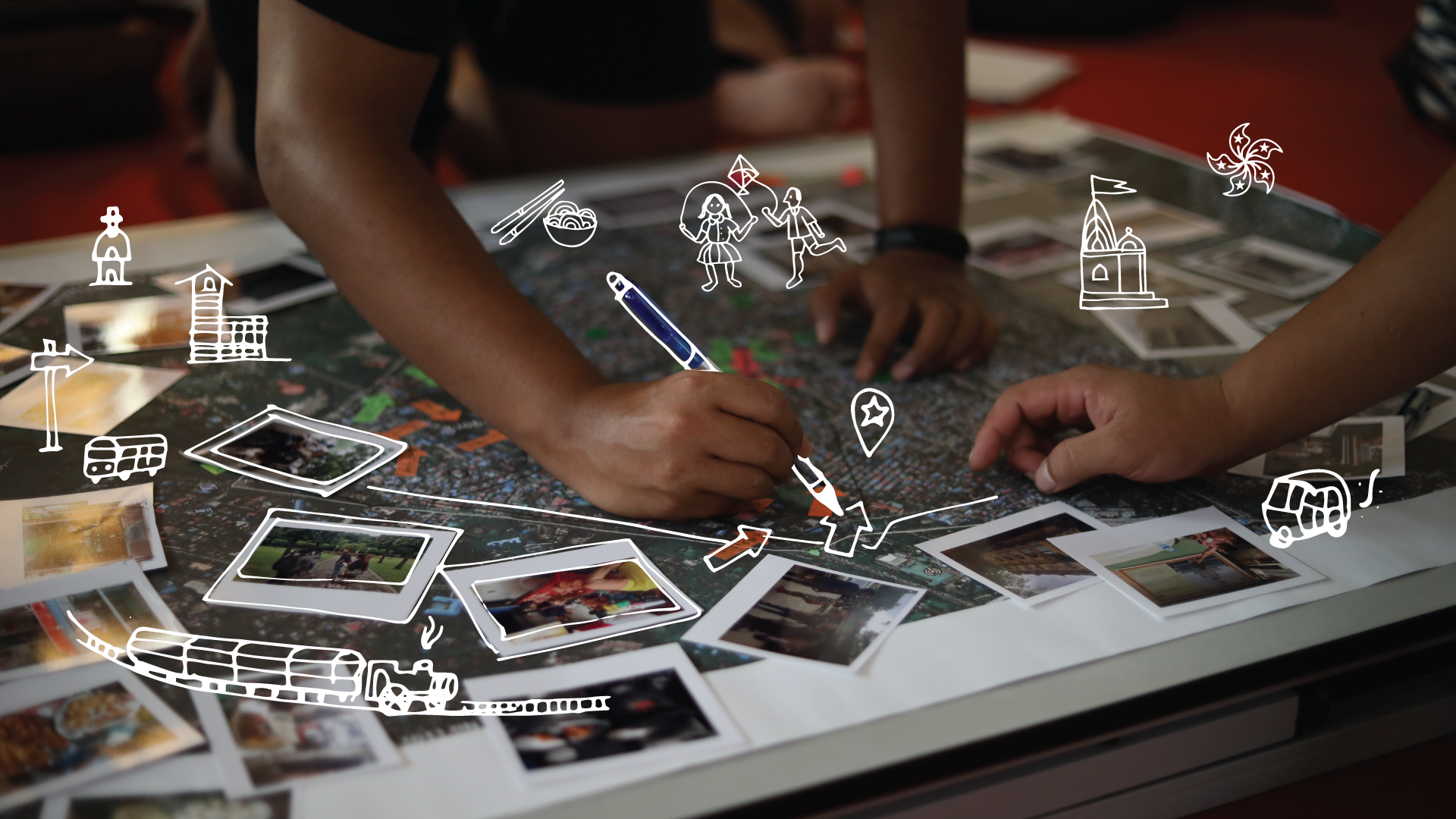
What do a boy from Kachin and a girl from Shan have in common? Not that much or more than you think? Myanmar is a country that is highly diverse in terms of geography, language, ethnicity and religion, and that same extraordinary diversity has always presented unique challenges. Yangon is a city where a Buddhist taxi driver and a Muslim shop owner may live on the same street but never cross paths, each living in their own bubble. UNESCO Yangon wanted to see if the same ethos also transpired in the younger generation. Do youngsters even meet people from other cultures and if they do, perceive this as a threat or an opportunity? For them, is cultural diversity a sign of a vibrant city or something to stay away from? In this project, 25 youngsters from diverse cultural and religious backgrounds took part in a cultural-mapping exercise around the city, to explore how cultural diversity is experienced through the lens of youth.
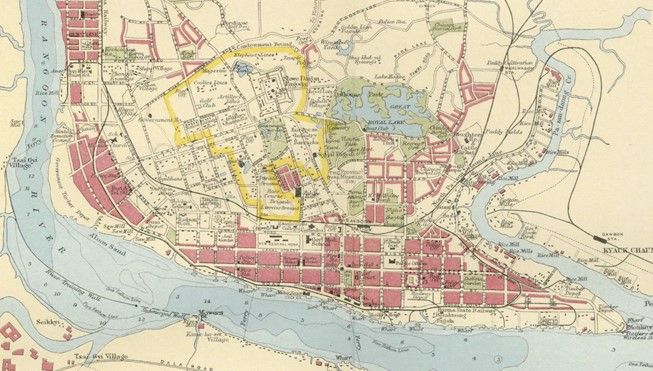
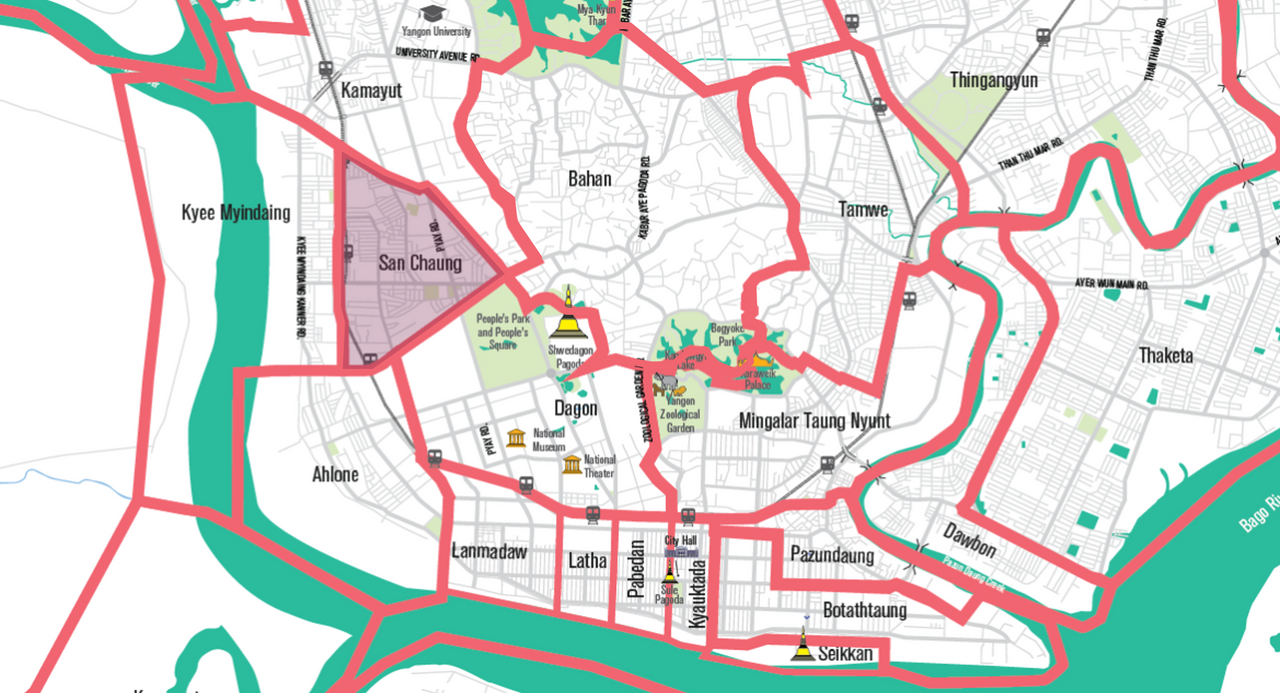
Neighbourhood Narrative
iDiscover teamed up with local social enterprise Doh Eain for a pilot project with 25 young volunteers from various cultural backgrounds in Sanchaung township, perched between the Shwedagon Pagoda and the Yangon River. Sanchaung was developed in the 1930s when Rangoon - as it was called in those days - was one of Southeast Asia's main ports attracting traders and fortune seekers from all over the region. Today, it still has a strong Buddhist, Muslim, Christian and Hindu presence, making it one of the most diverse neighbourhoods of the city.
Reaching out to institutions and businesses from different religions and ethnic groups in Sanchaung we were able to recruit a group of young members that reflected its diverse cultural profile. We found a meeting space in the middle of the neighbourhood that became an explorers basecamp for a two-weekend project-based learning programme; an exciting beyond-the-classroom course that allowed the youngsters to go out and study the city through their own lens.
The first step was to research how historical events and urban planning decisions shaped this prominent Yangon township. The group then ran a DNA profiling exercise to explore what constitutes the character of the neighbourhood. The locational advantages made Sanchaung a sought-after location for the many immigrants from around the country, so this is where you find churches, monasteries, pagodas, mosques, and temples side by side. But more than just buildings, the multicultural presence is visible in the streets and in the food. Sanchaung is known as a place for authentic ethnic cuisine from Chin, Rakhine, Kachin and Shan, very popular among students from the nearby Yangon University. It is this multicultural spirit that defines Sanchaung.
Here in Sanchaung it is not just about our religion, there are also temples, churches and monasteries.
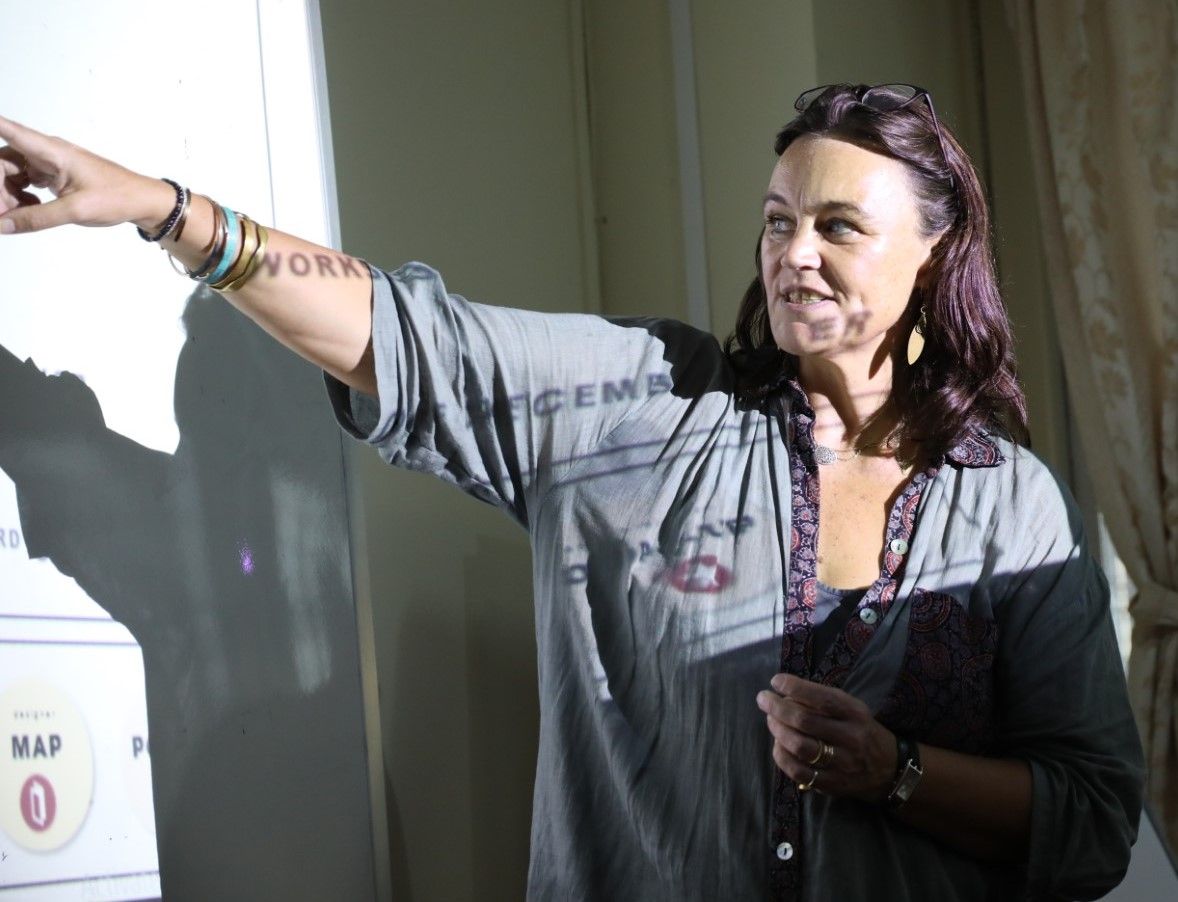
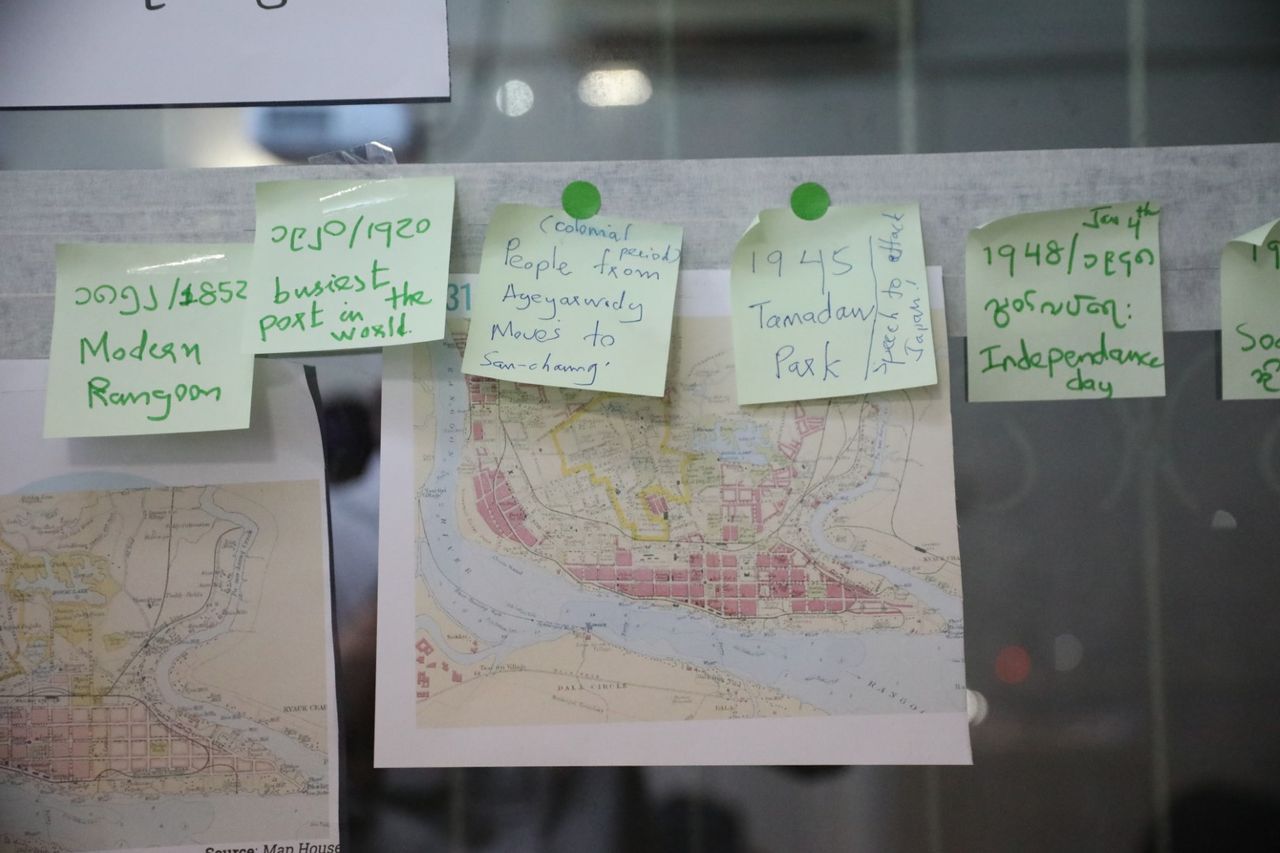

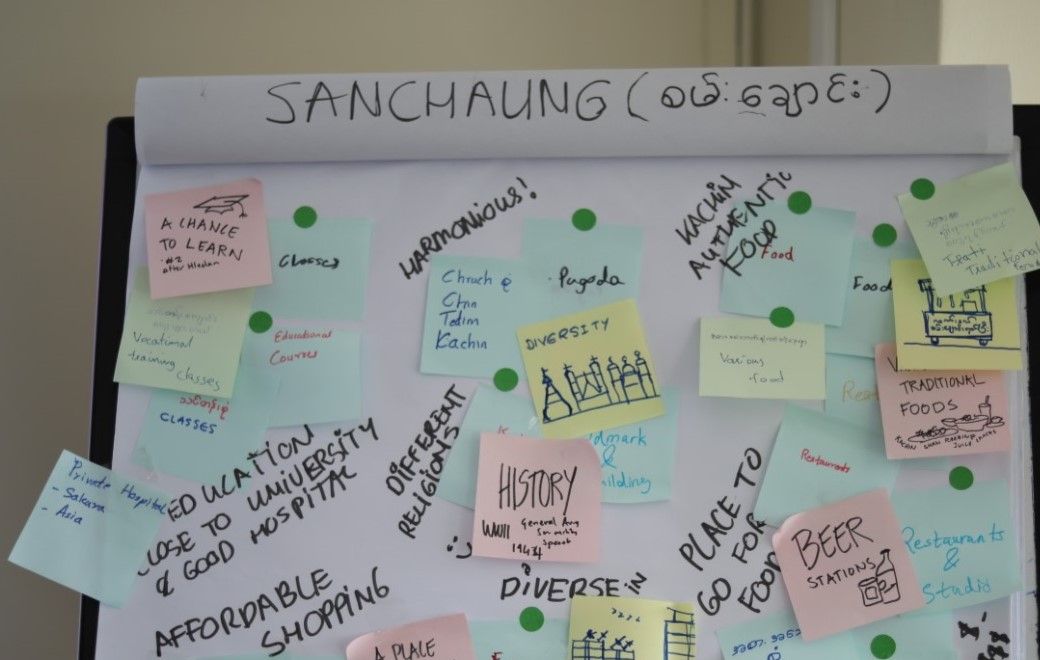

Sanchaung is the place where people come from all over for Kachin traditional food and sticky palm wine.
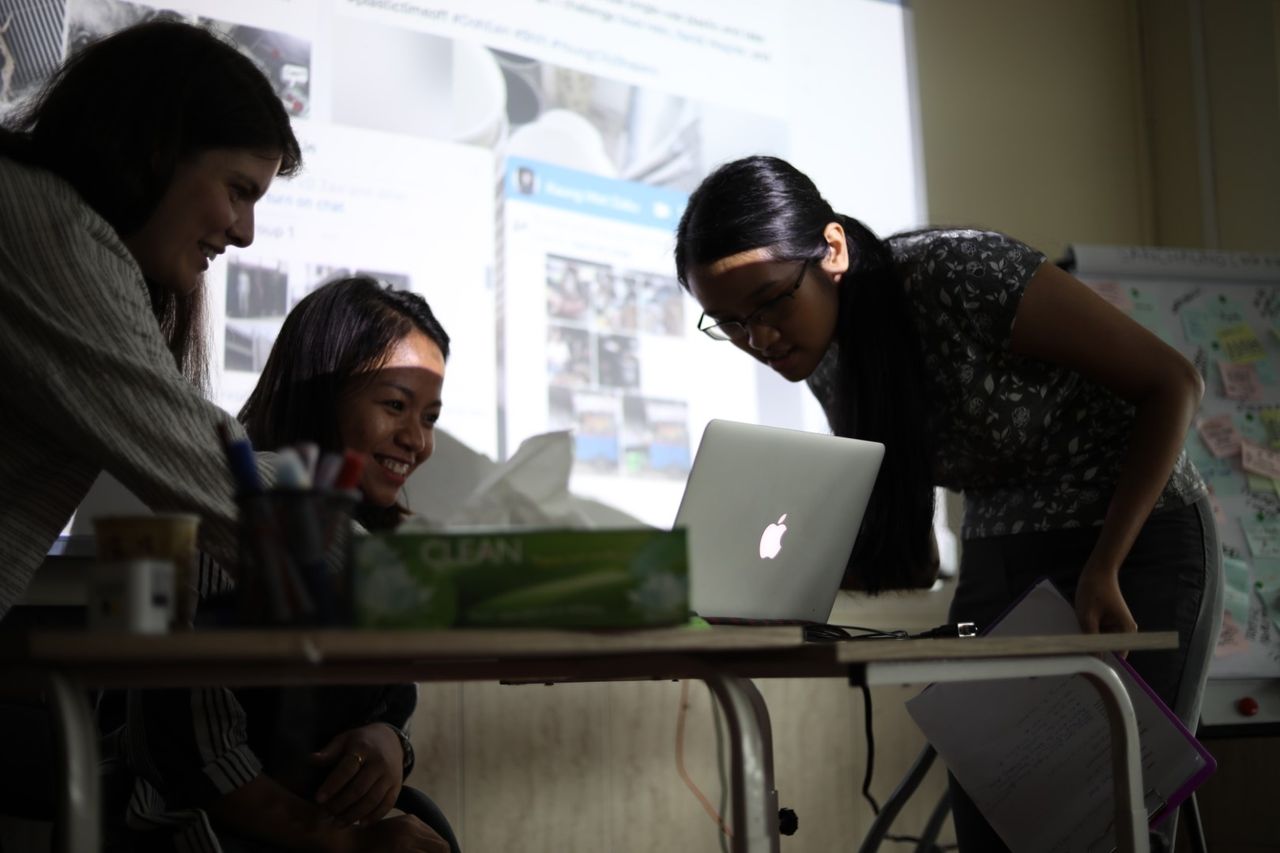
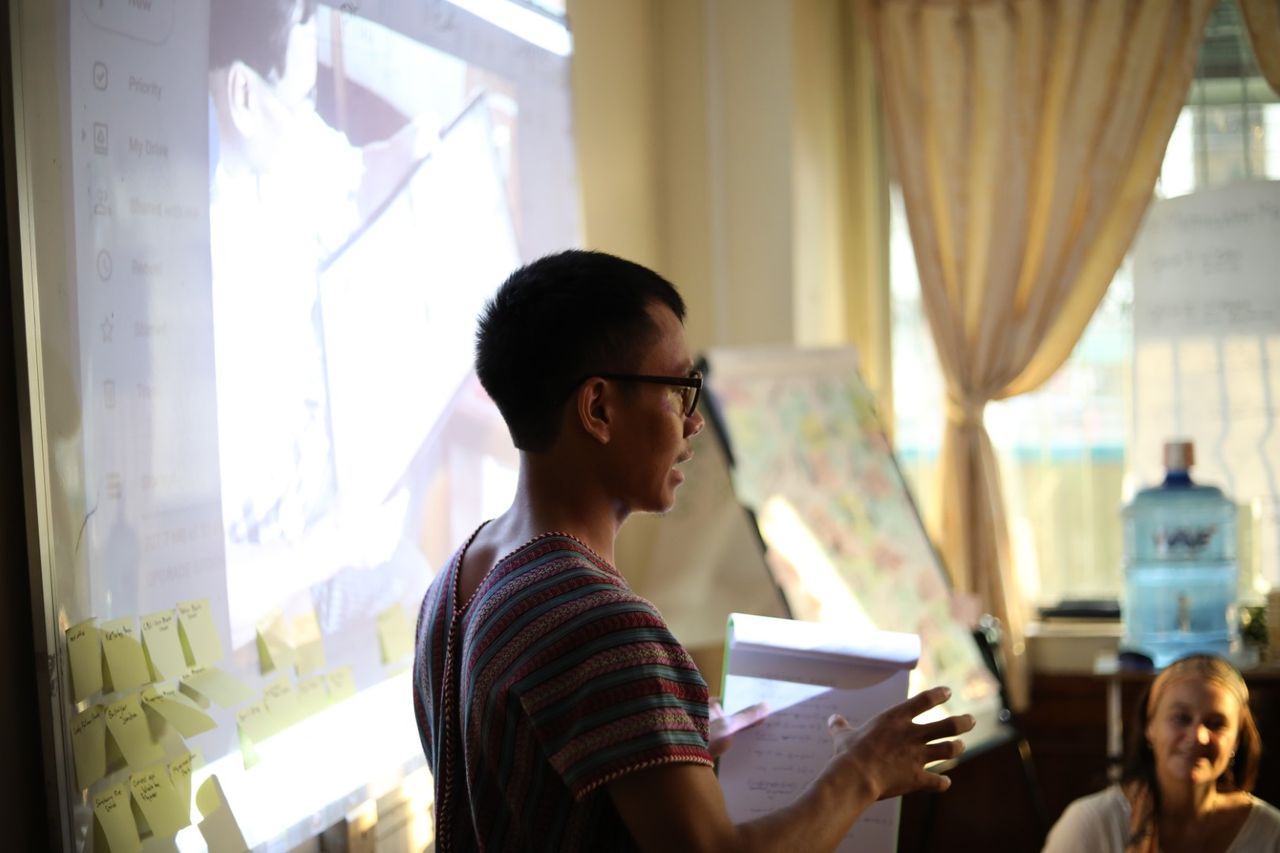
Cultural Mapping
We asked the 25 youngsters to map their favourite places to eat, drink, play and pray. They pinpointed popular hangouts and were also tasked with a cultural mapping survey asking local residents which restaurants, cafes, shops and places they go to and why. The result of the exercise was a community map that confirmed the multicultural profile of Sanchaung neighbourhood with a mix of religions, variety in ethnic cuisines, and an extraordinary offering of shops.
Among the local favourites were family-run restaurants and small corner shops passed on for many generations. Each with a stellar reputation and loyal clientele. Long-time residents also pointed us to some lesser-known places in the neighbourhood like a hidden monastery, a legendary tree, a cursed school building and the first shopping mall in the country. Through a prioritisation exercise, students had to argue the uniqueness of each of these places, eventually agreeing on the 30 most characteristic sites for the neighbourhood.
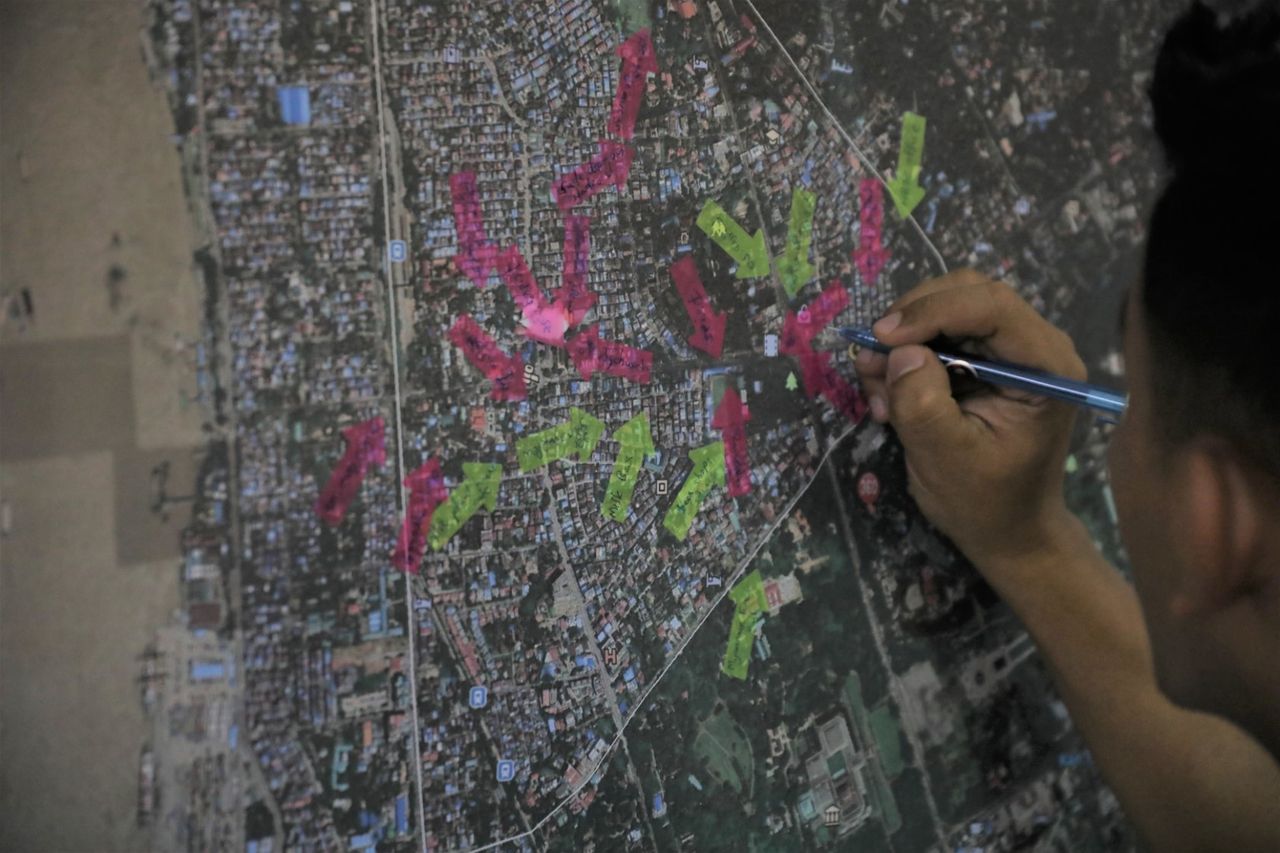
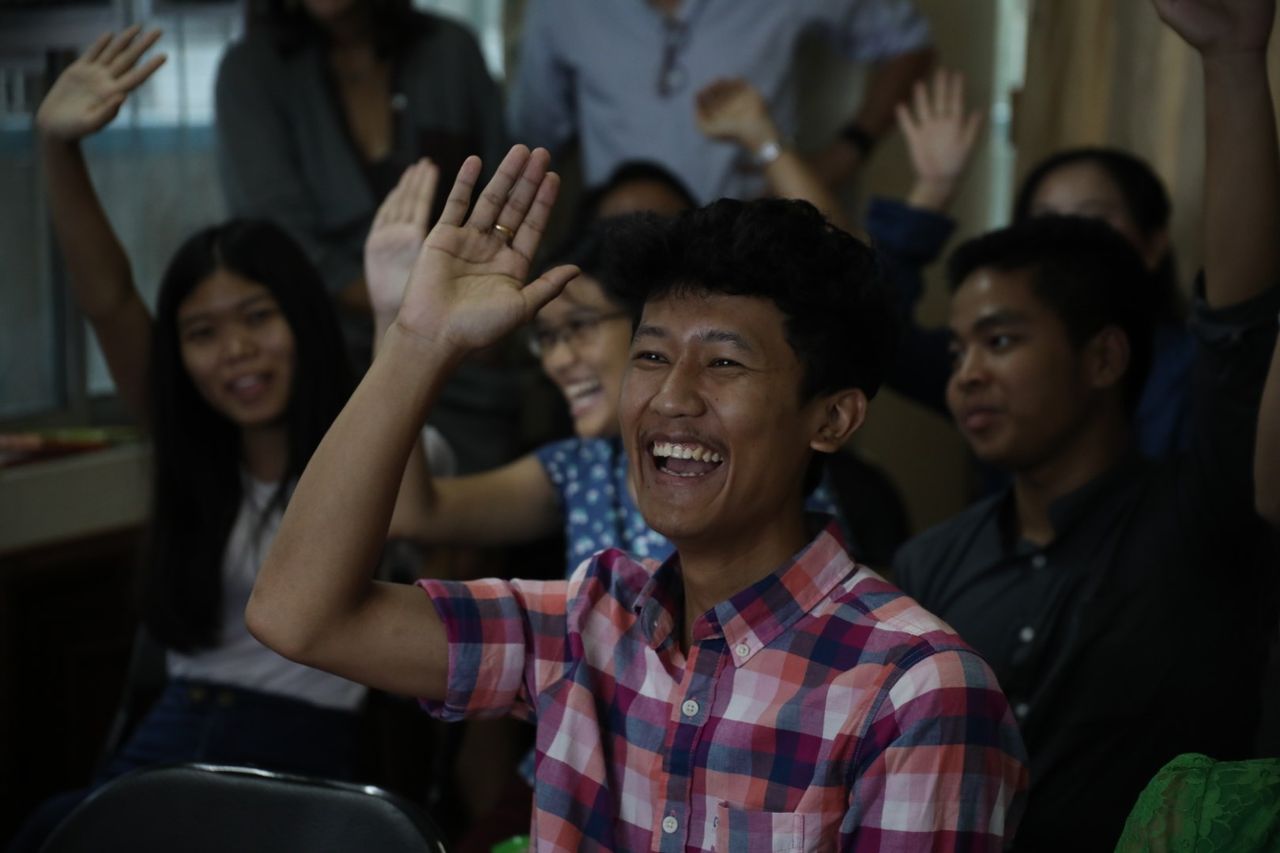
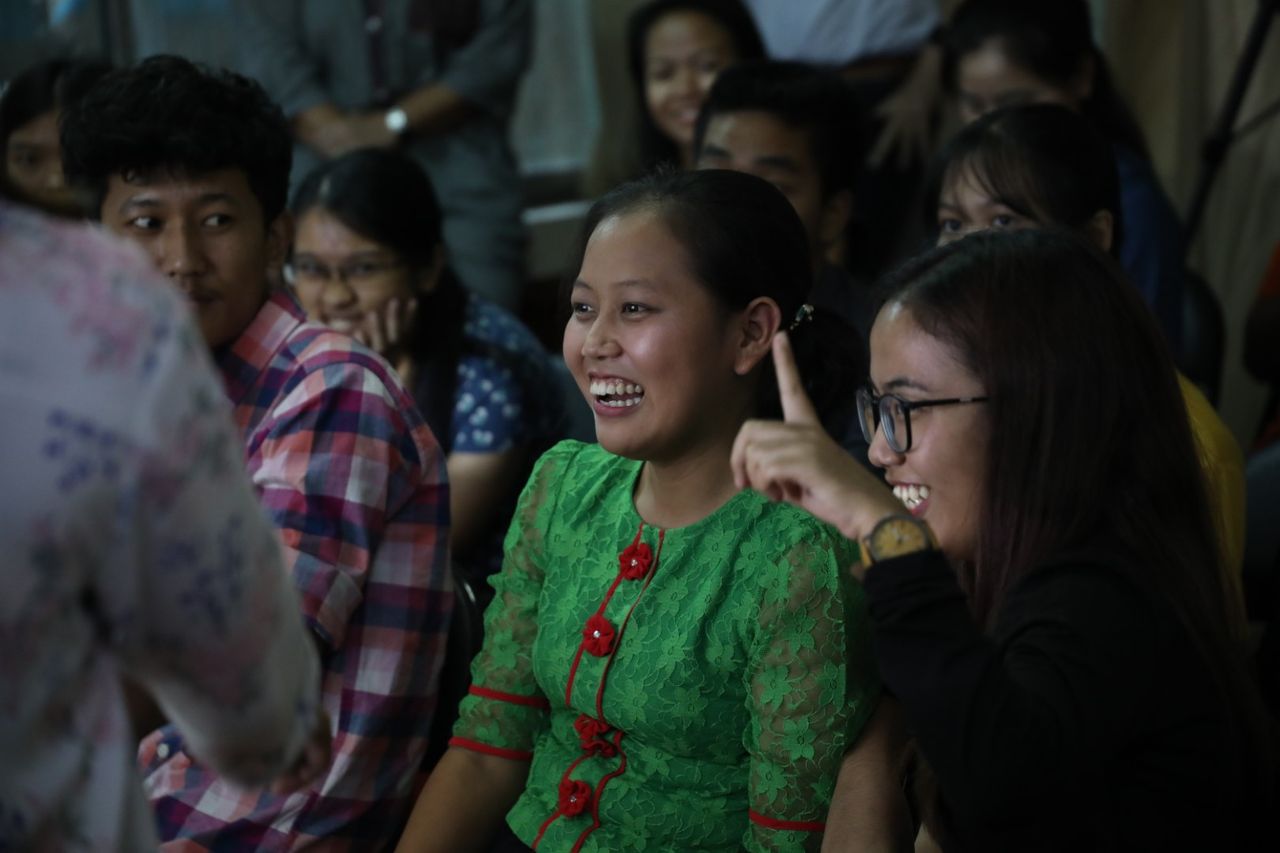
Sanchaung is different from other townships. It has a variety of people, religions and ethnicities like Chinese, Chin and Kachins.


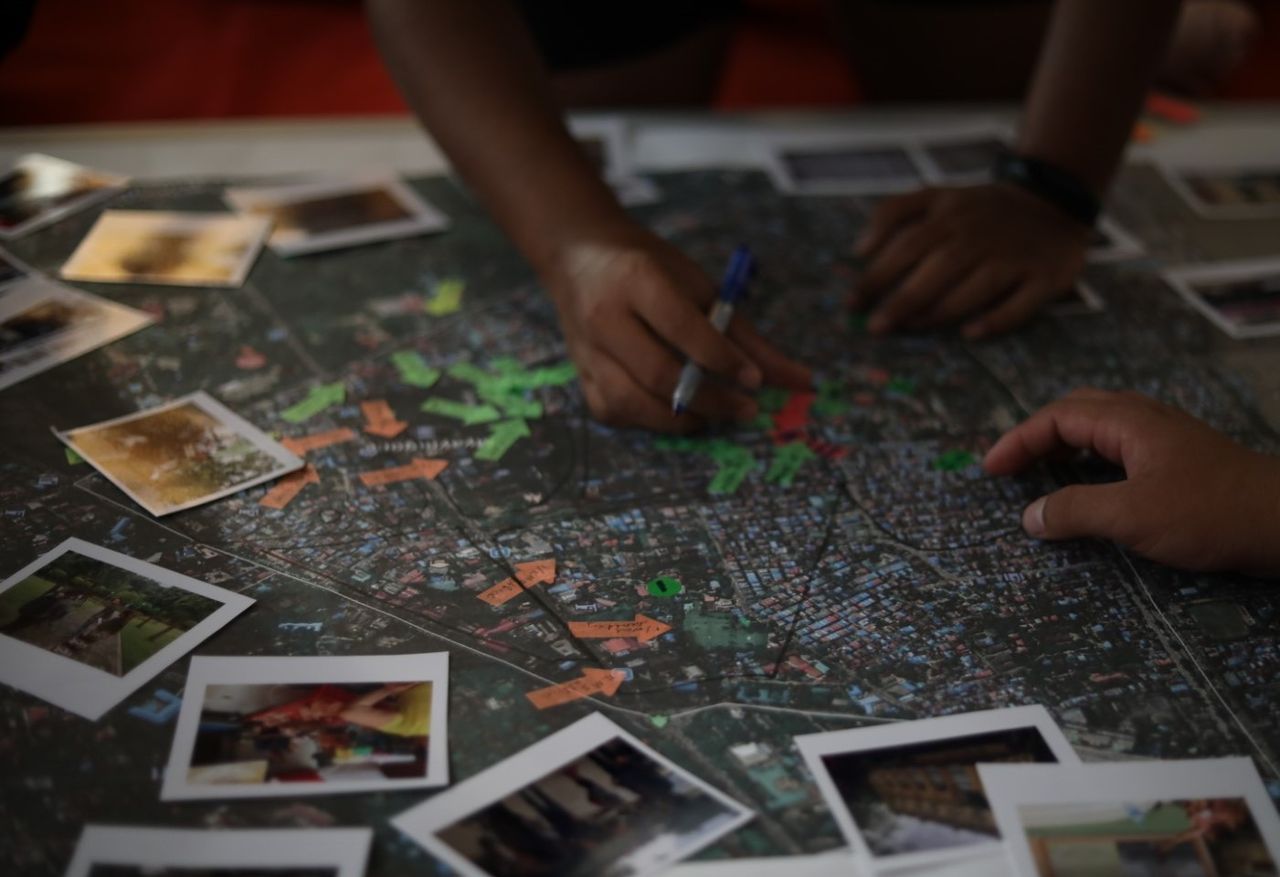
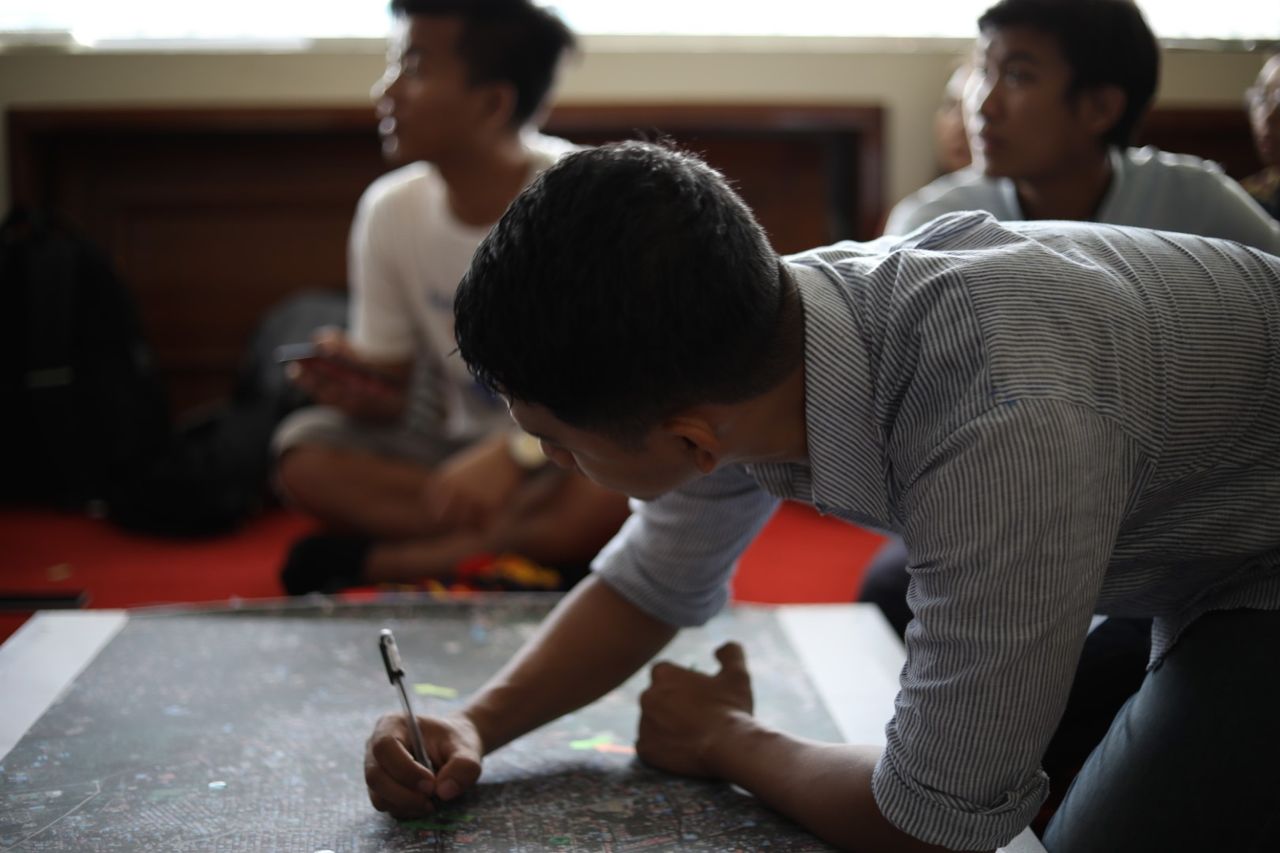
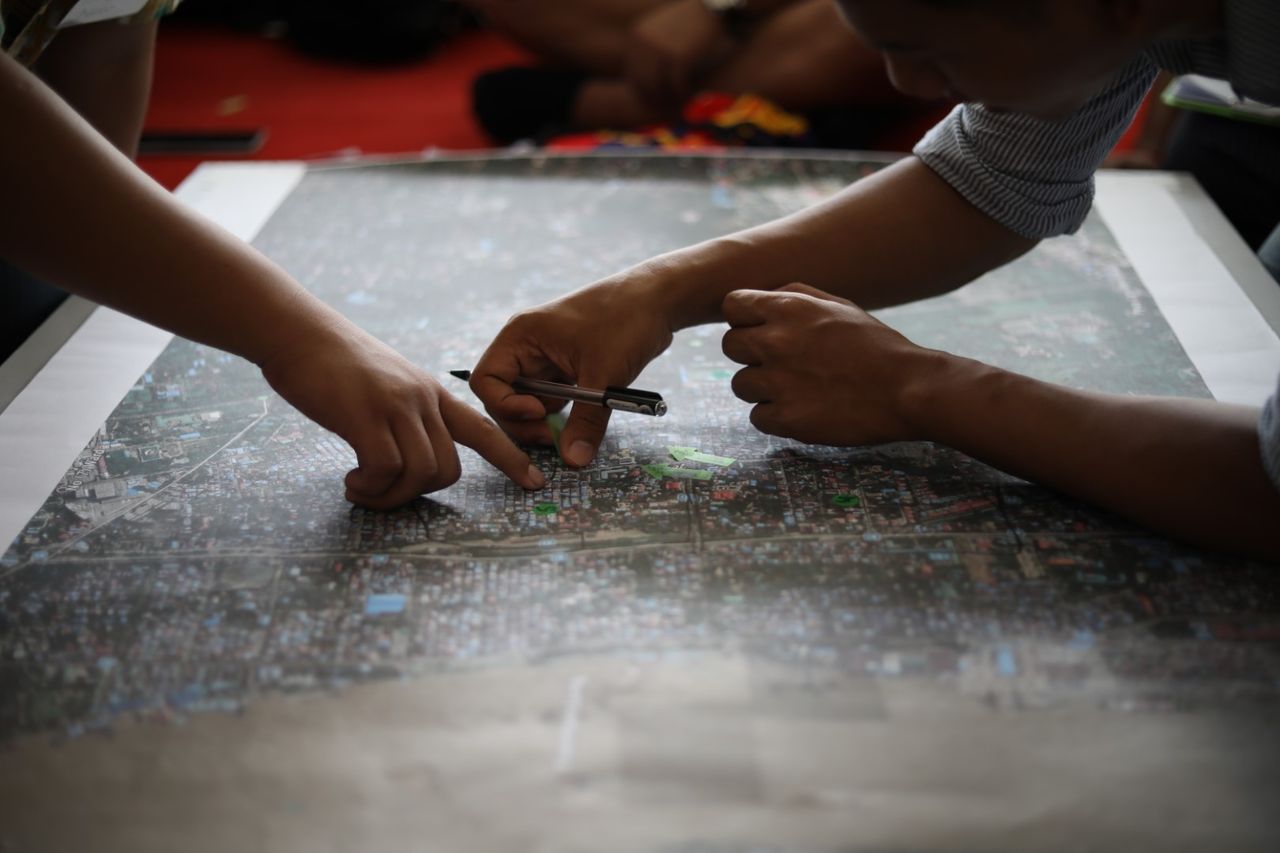
Storytelling
Time to dive deeper. We divided the neighbourhood in smaller areas and each group was responsible for finding and documenting the unique places in that area. They photographed sites and interviewed residents to find background stories and insider secrets. They listened, learned and recorded words, smells and sounds. What makes these places special? What makes people come back?
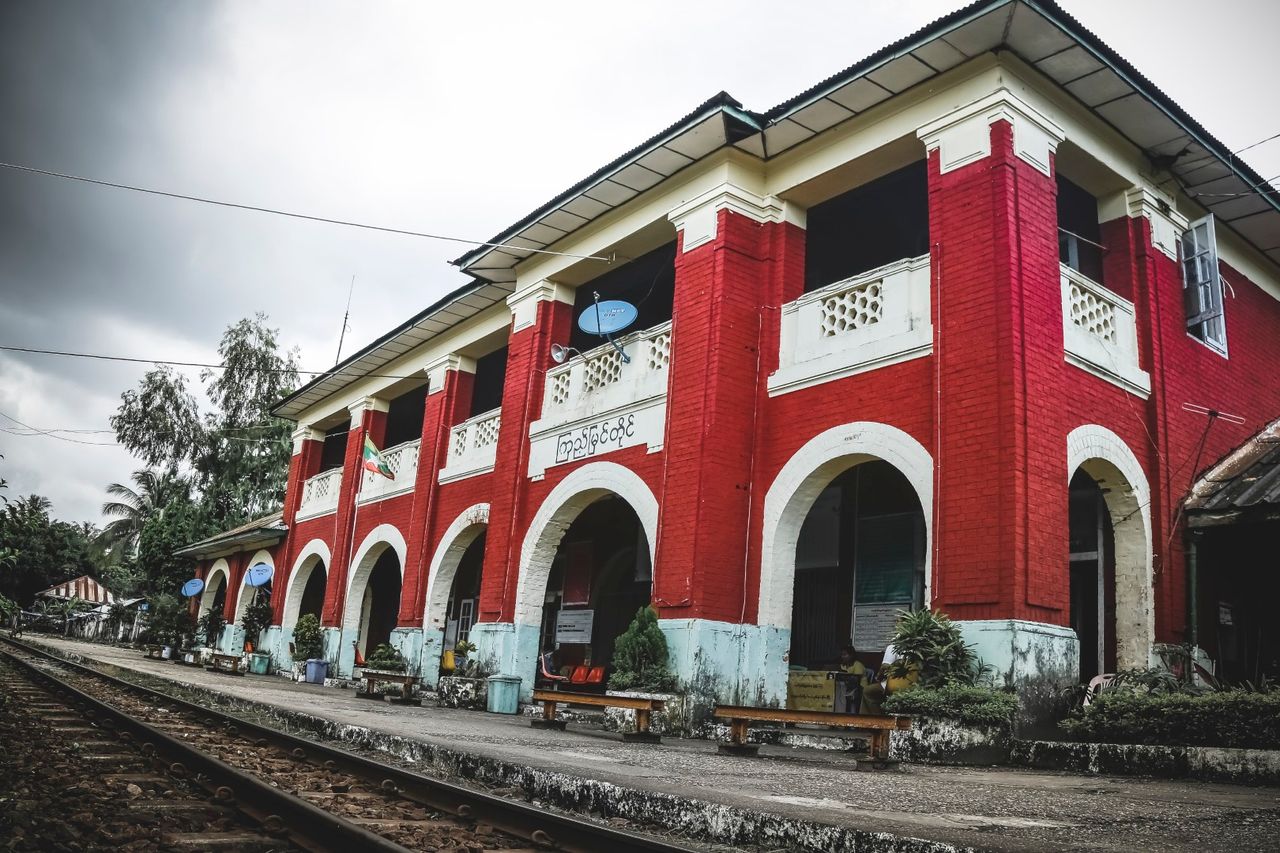
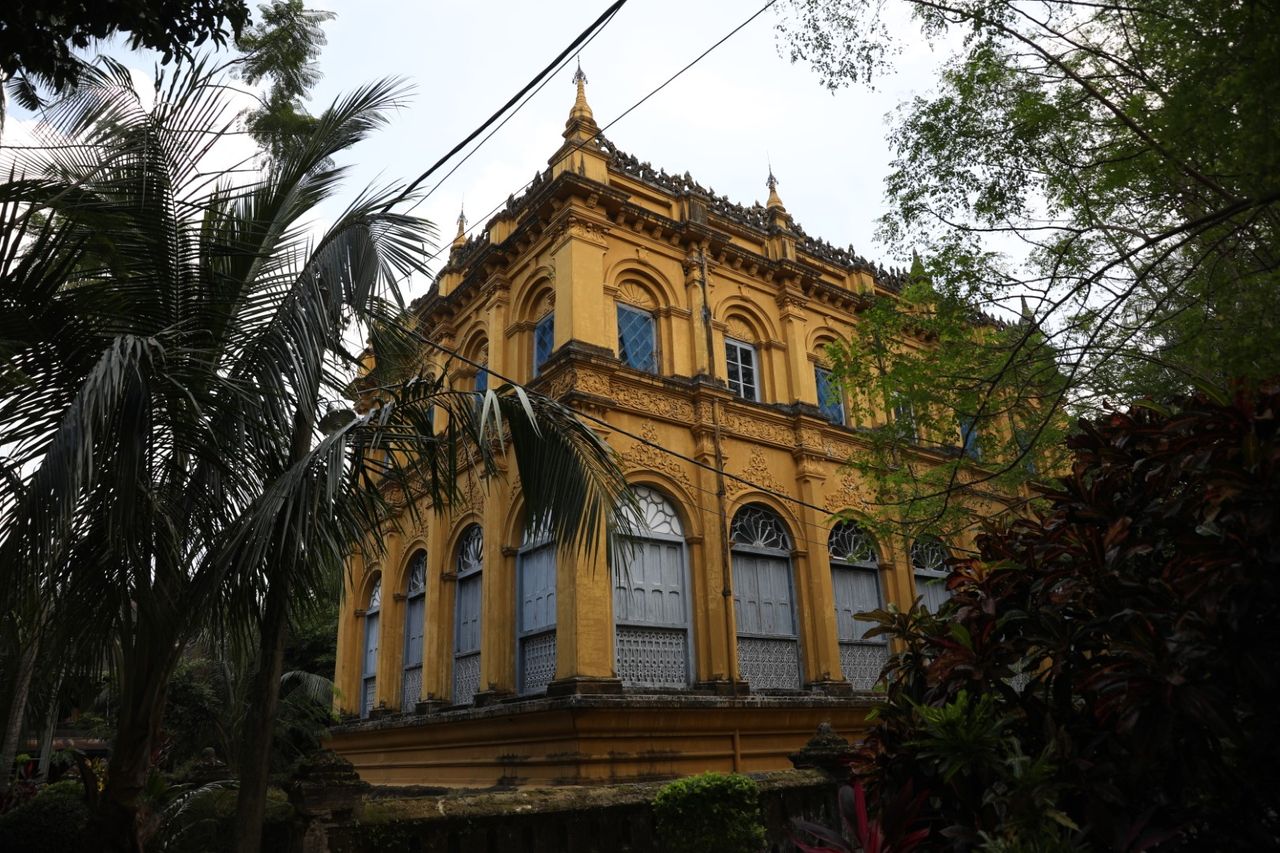

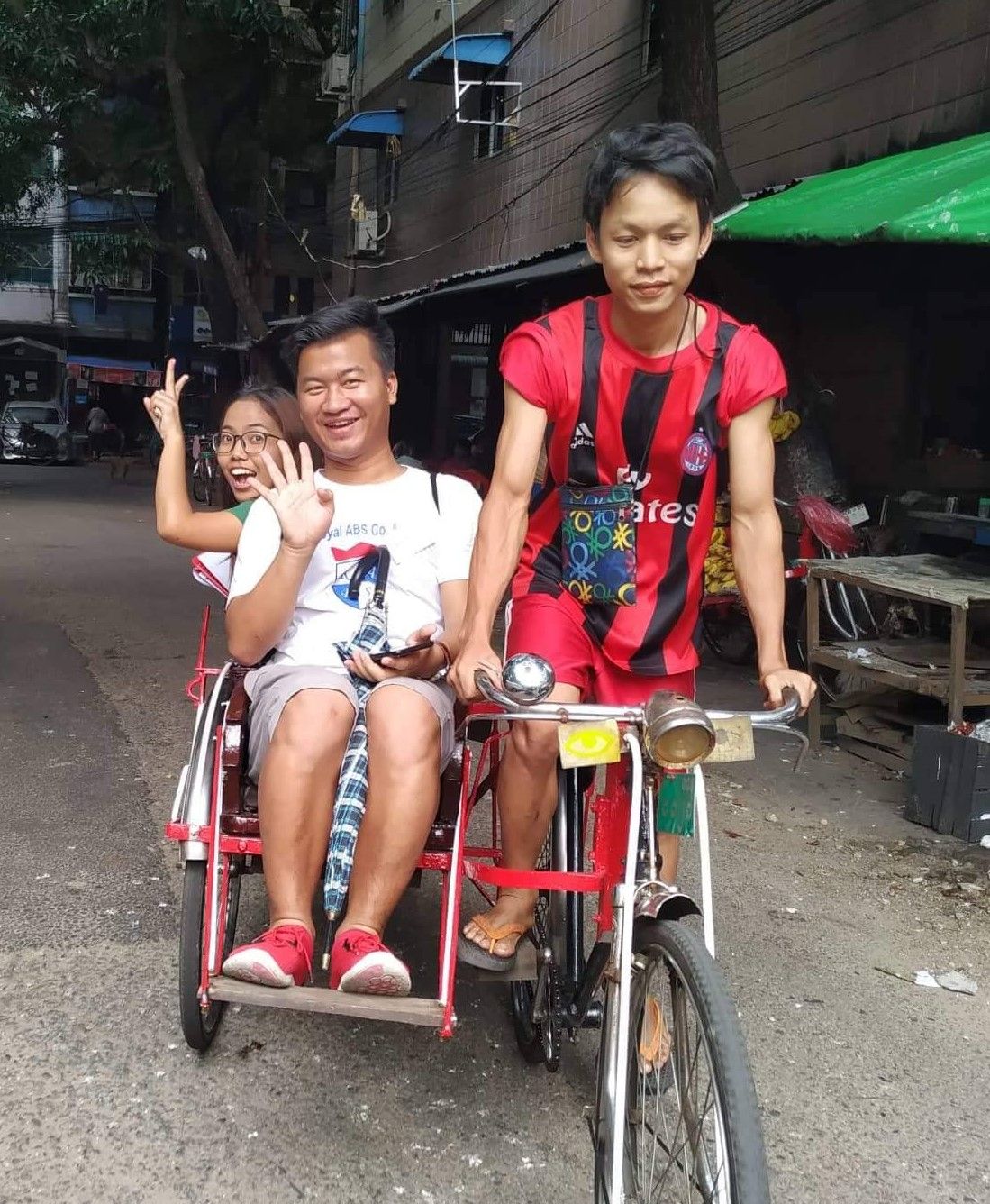
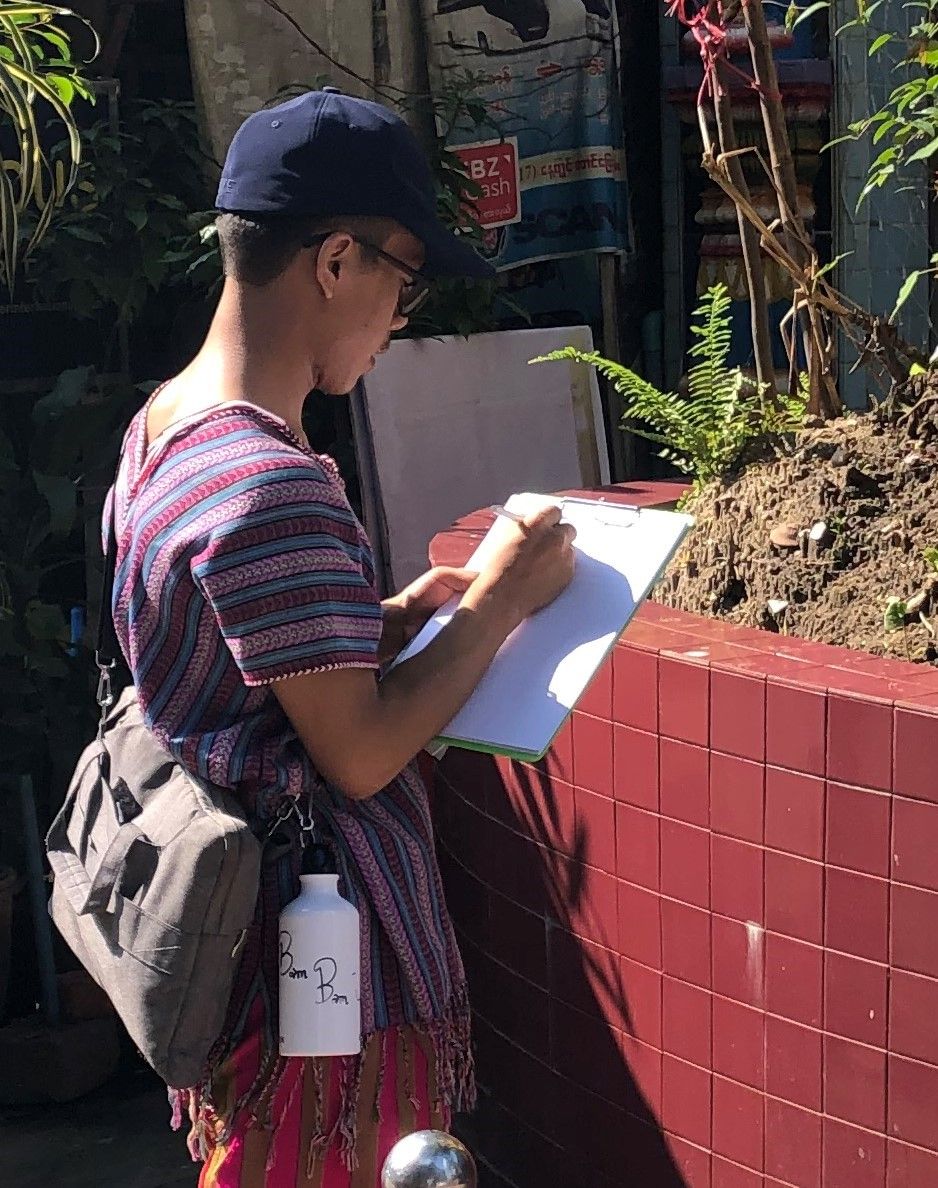
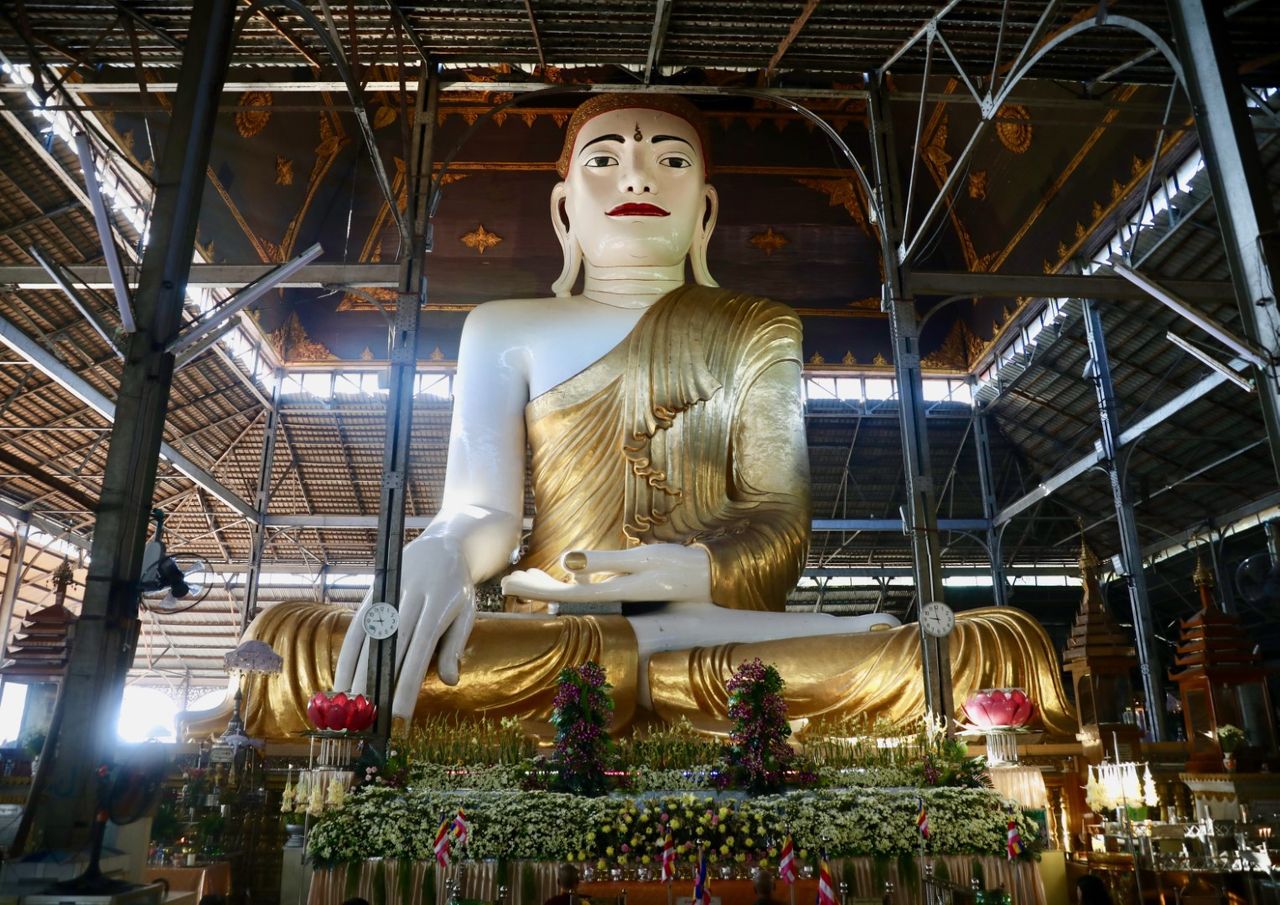
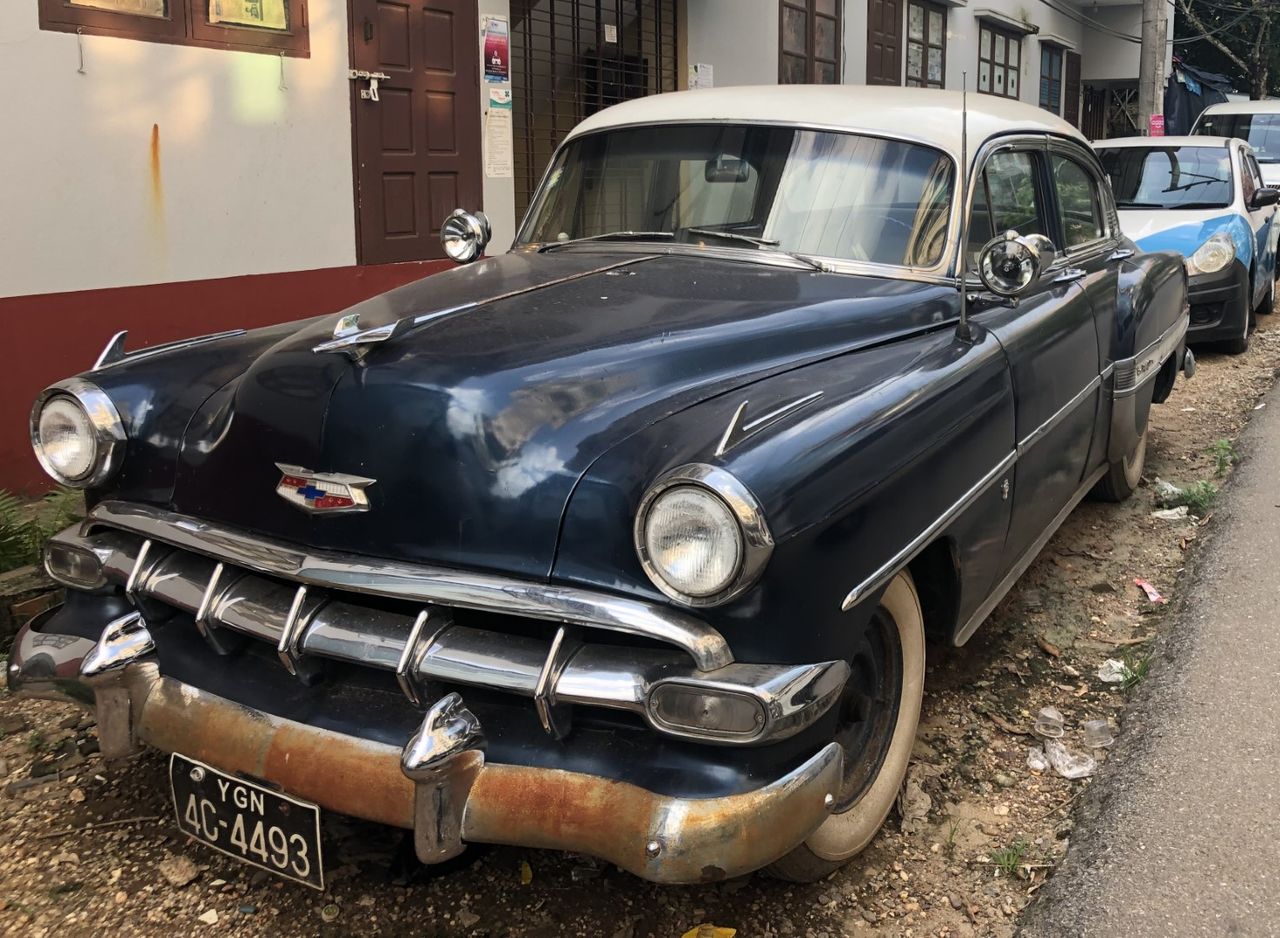
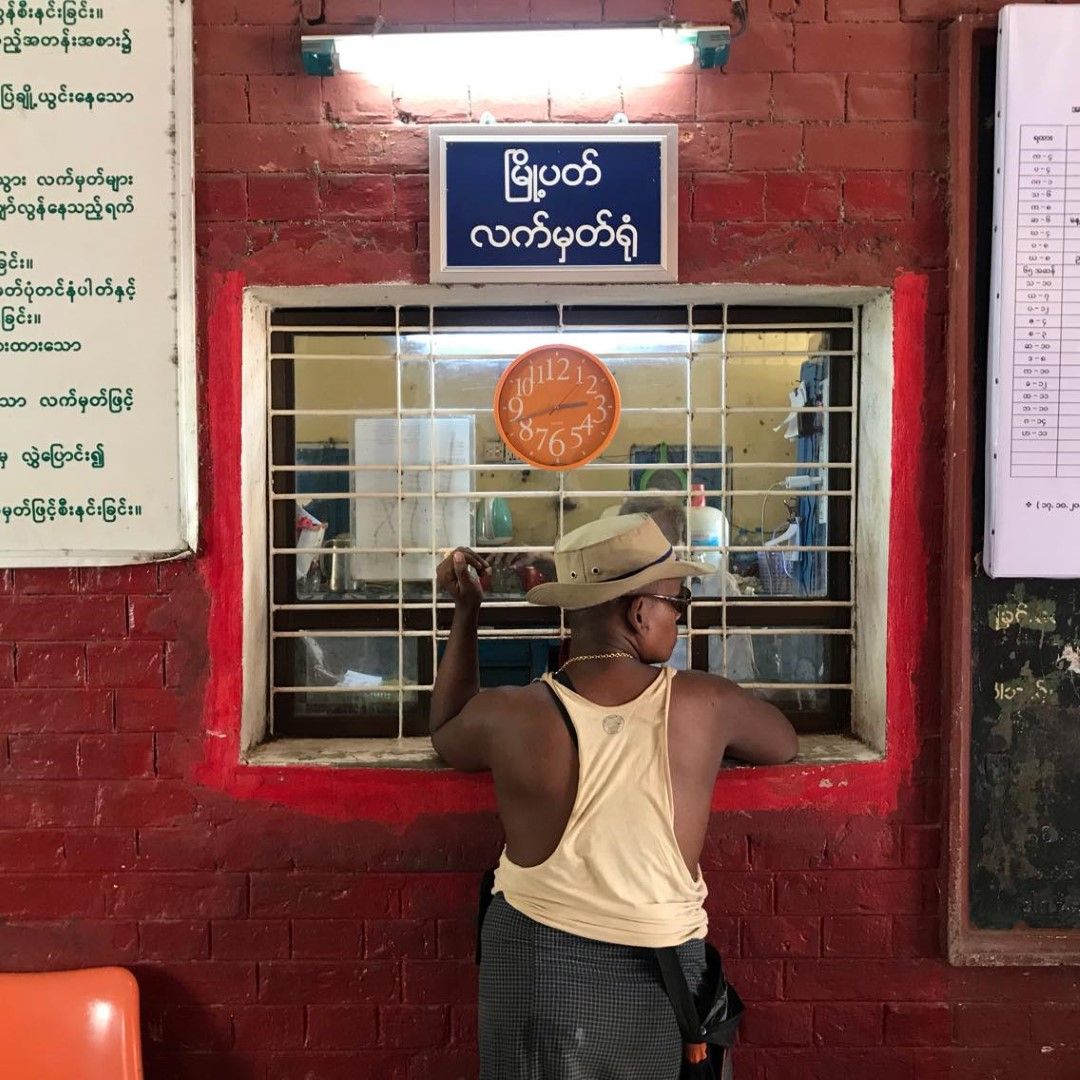
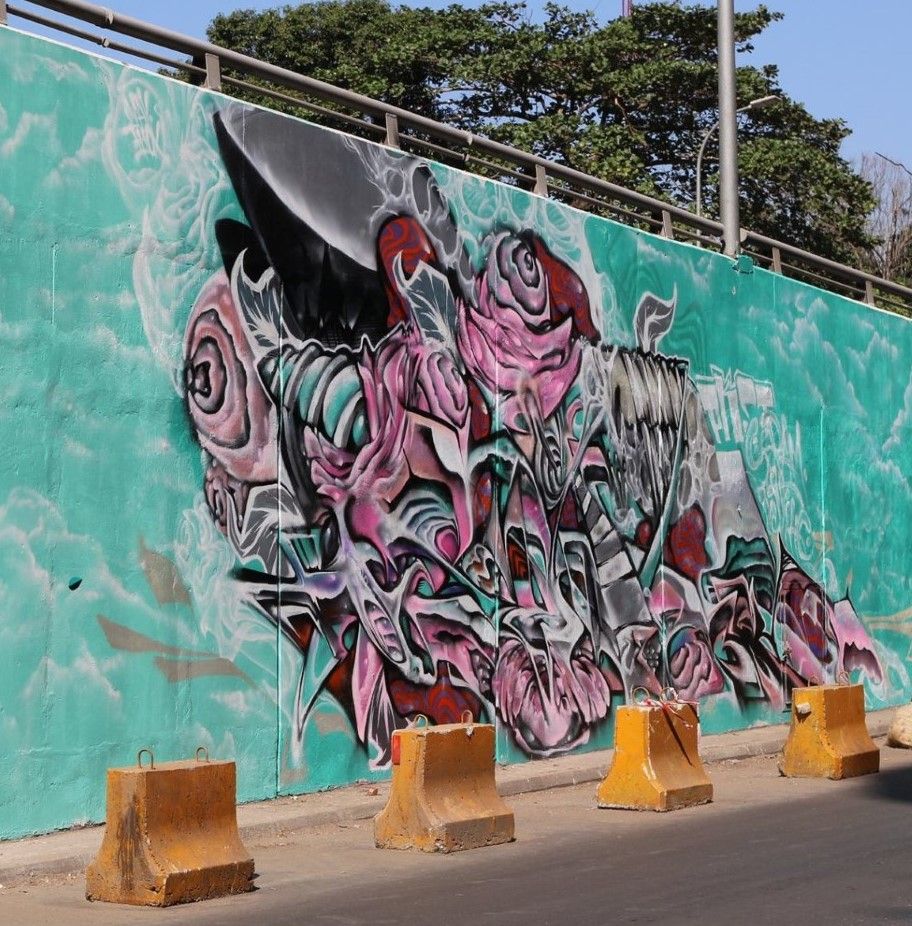
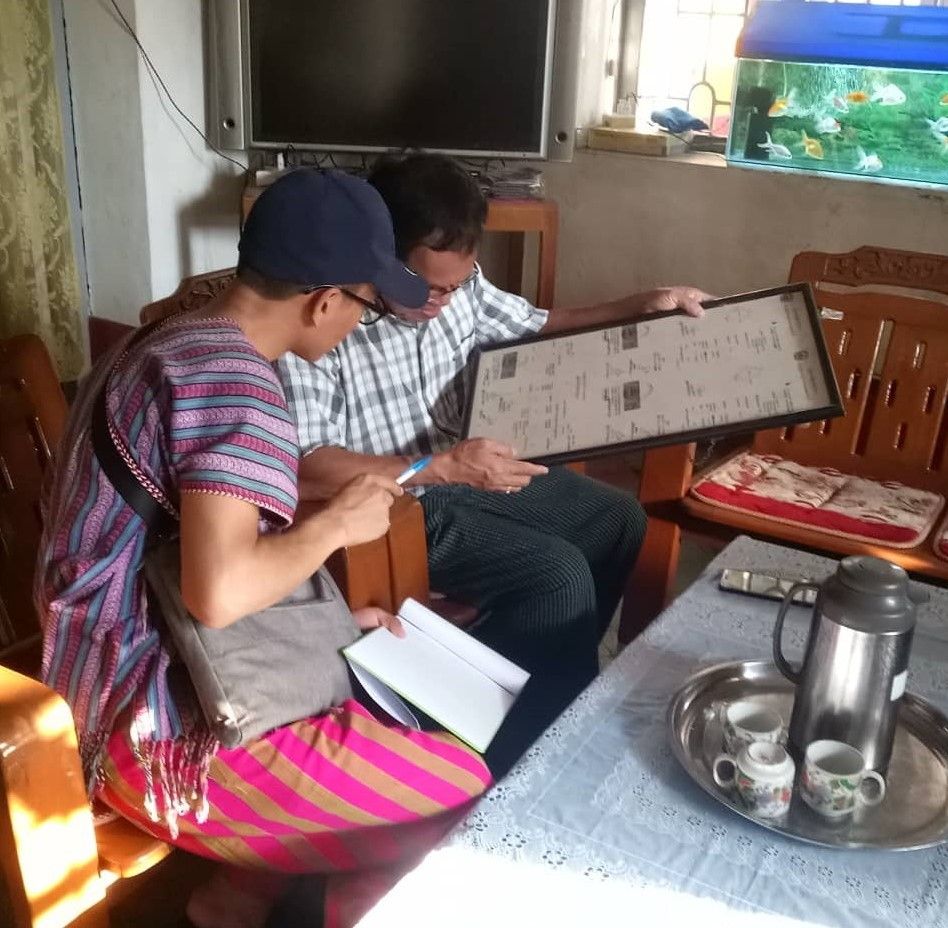
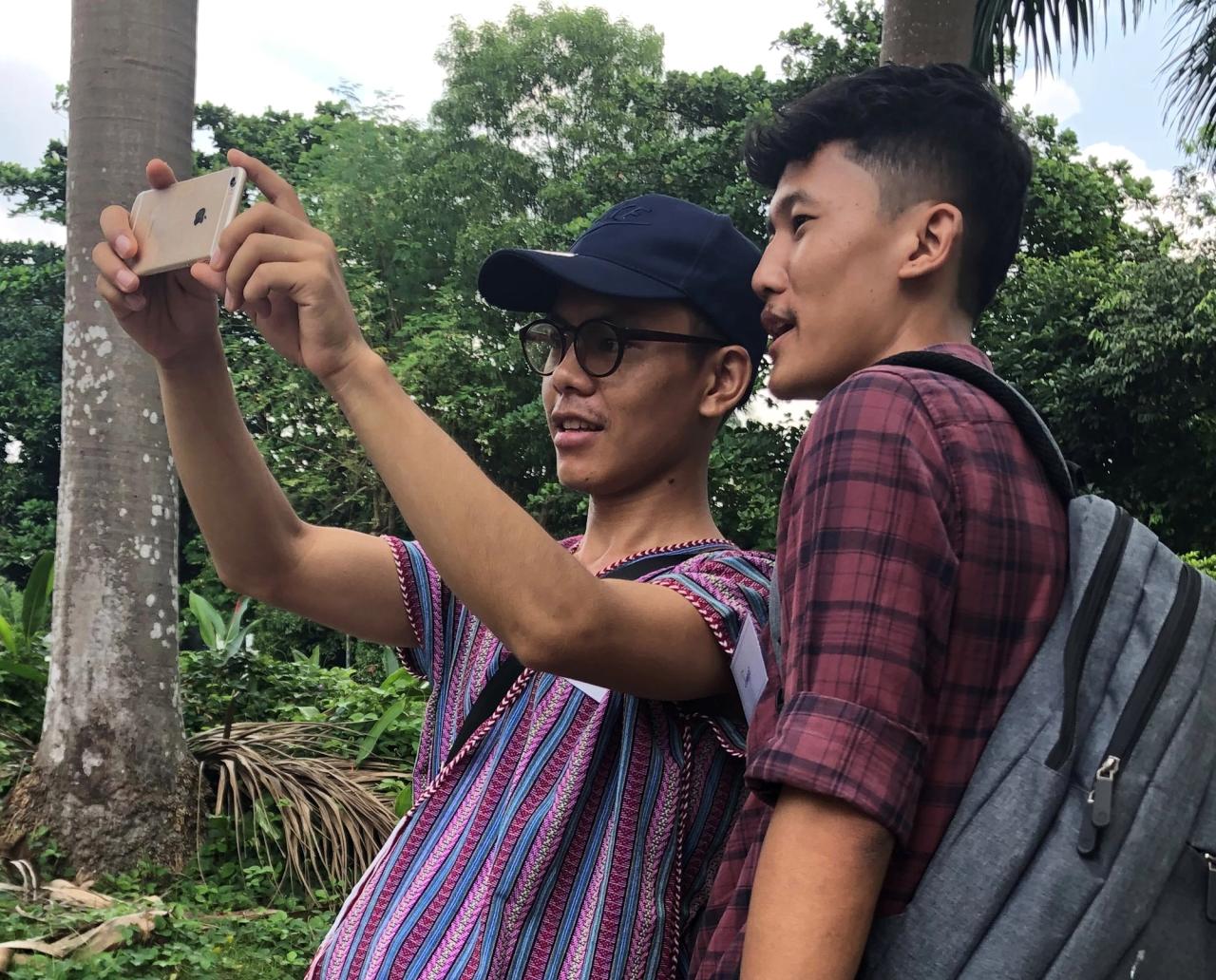
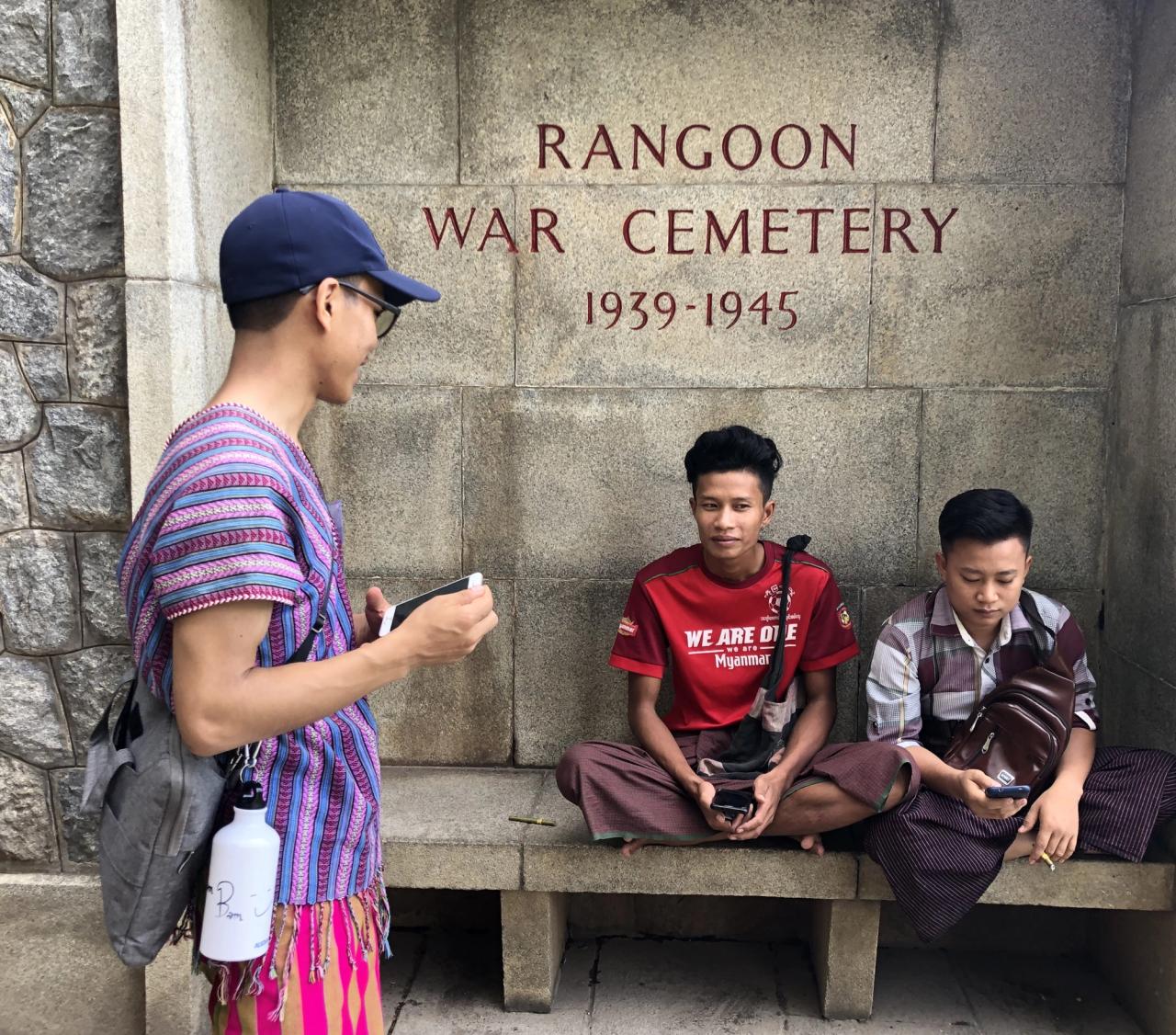
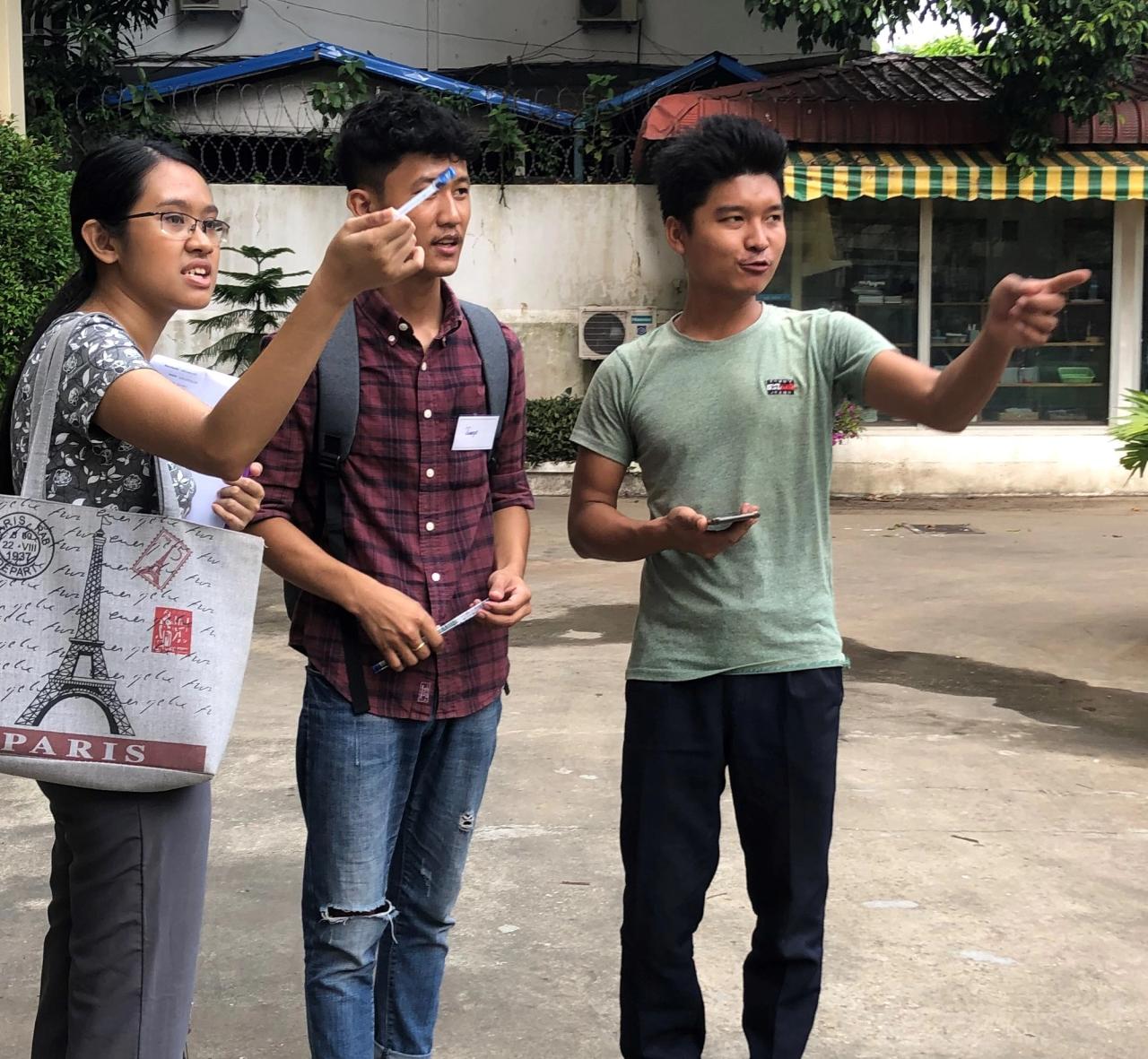
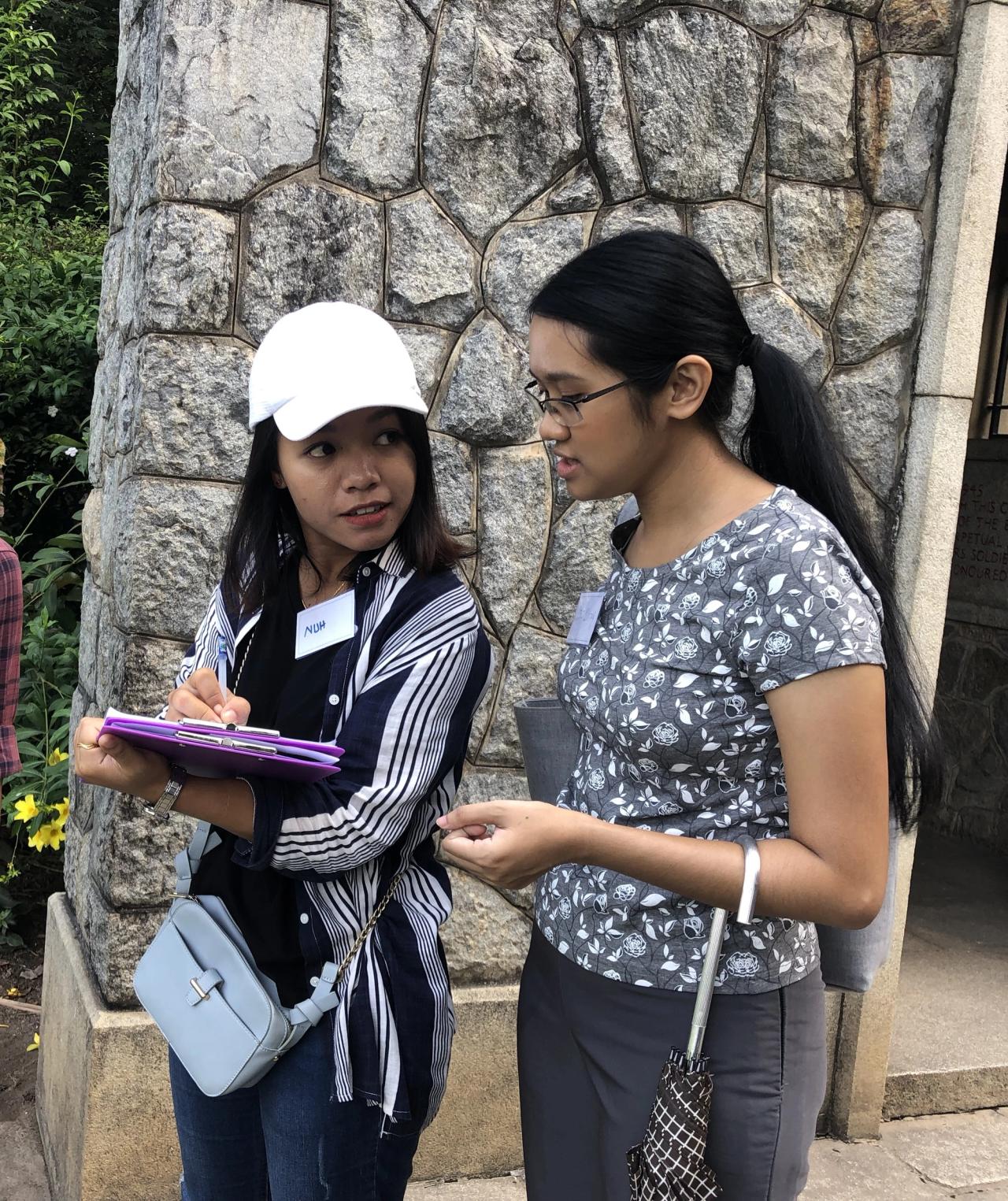
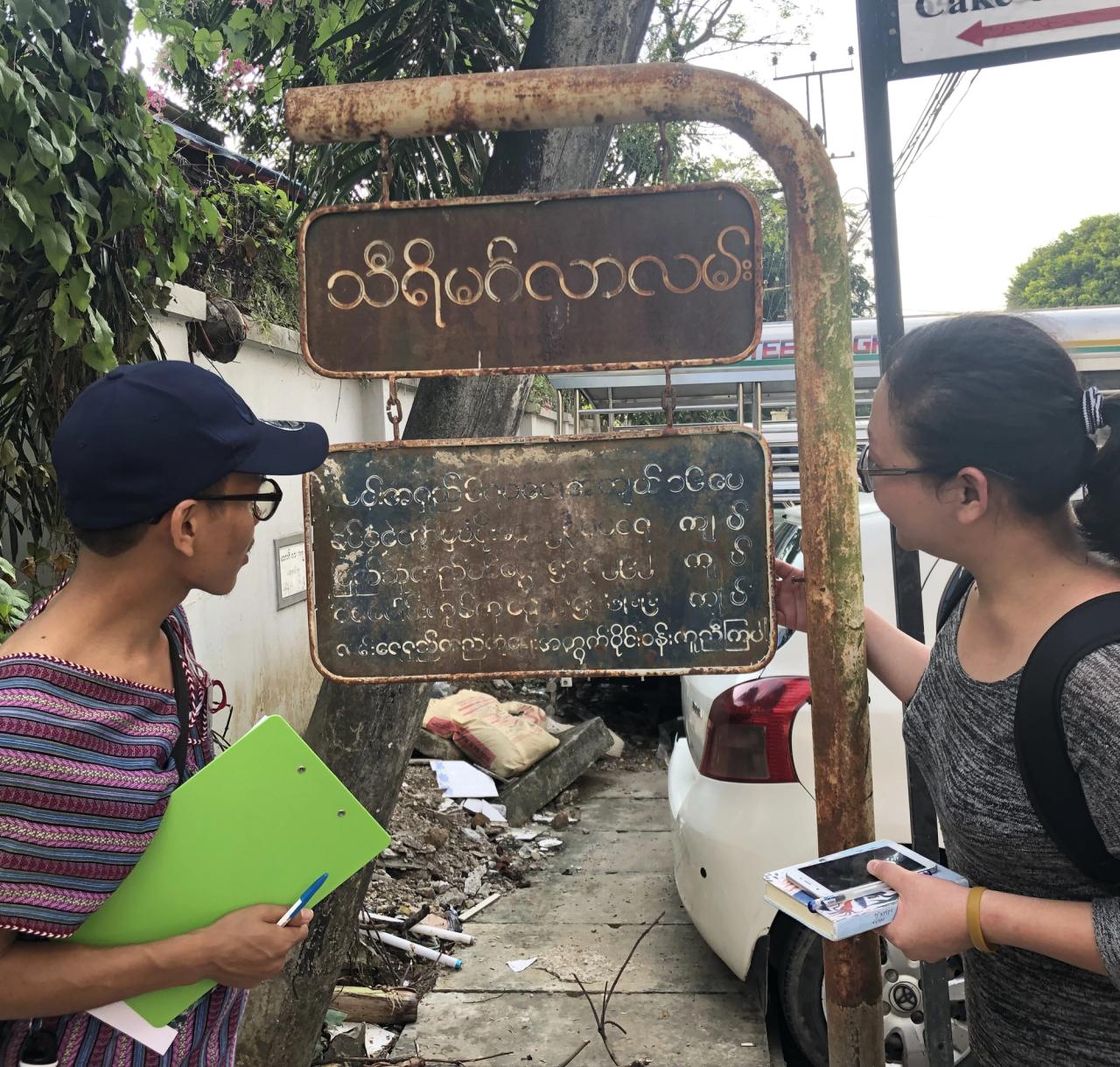
Exploring together provided a unique yet casual occasion to connect, observe and discuss. For many of the students, this was the first time they engaged in real conversations with people from another cultural background. It was not that were not interested, the opportunity just never presented itself. In Myanmar youth typically attends school and after-school activities within their own ethnic bubble. For example, many of the Buddhist participants had never been inside a mosque or a church, and the other way around. Beyond places of worship, the cultural background also influences how a person experiences the city. A temple tree may be just another tree to most bypassers, but is a holy place for a Hindu. A church square may be a safe space for a Christian boy from Kachin but feels uncomfortable for a Muslim girl from Mandalay. This mapping workshop provided a fun and non-controversial way to explore these places together and for the students to recognise that the same place can have different stories and cultural perceptions.
When it comes to sports, it does not matter what your colour, ethnicity, or religion is. When we are playing chinlone, chinlone is what we care about and nothing else.
Back in the classroom each group presented their findings and explained the reasons for highlighting a particular site and the personal anecdotes from the people they interviewed. They shared stories of belonging, love, grief, joy, compassion and wisdom, together constituting collective memory of place, but with room for different perceptions and perspectives. With the help of our creative team - illustrators Angela Huang, Myat Phoo Pwint Kyaw and Ni Lar and the writers from Rangoon Revealed - they crafted short stories and created visuals to tell the tales of each of the places.

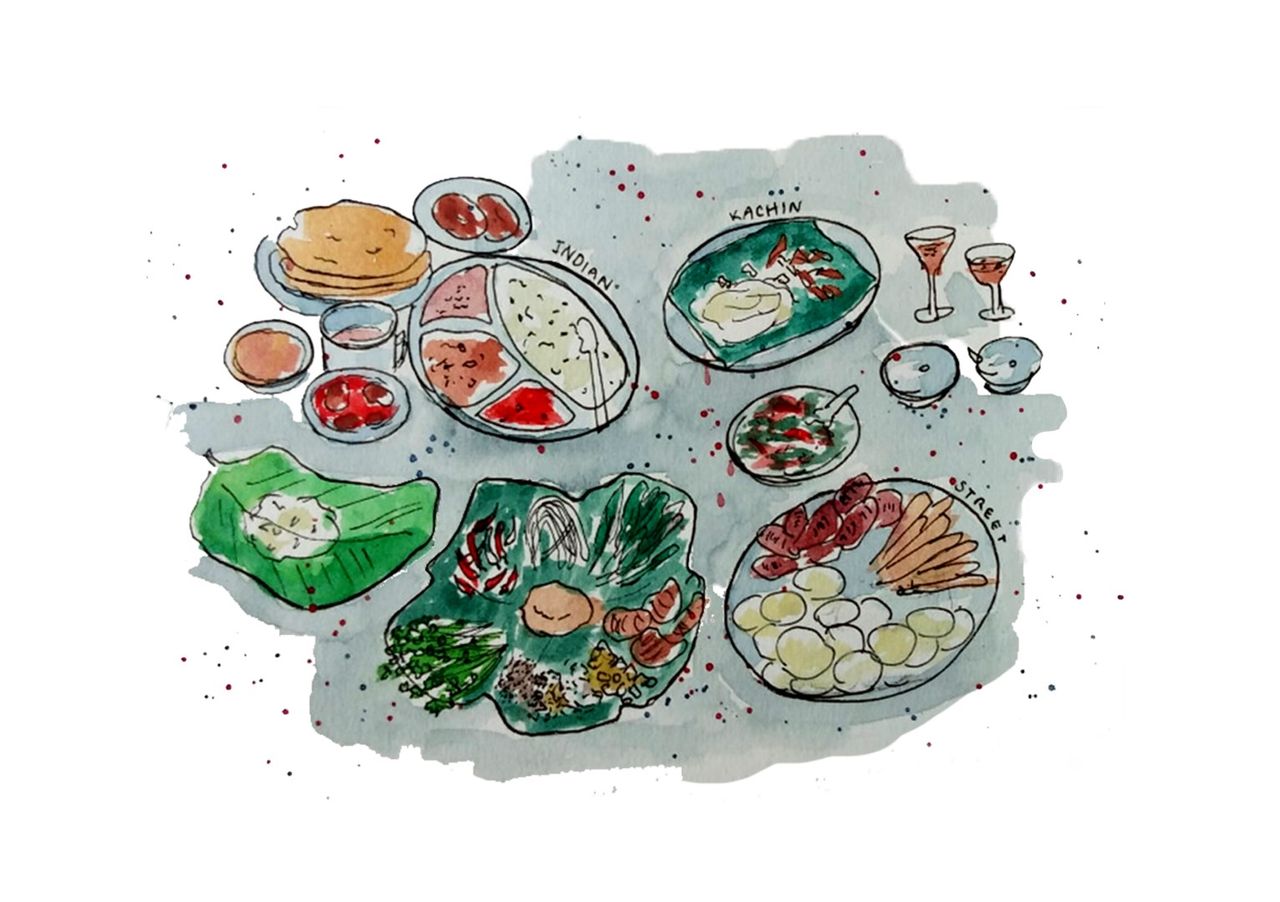
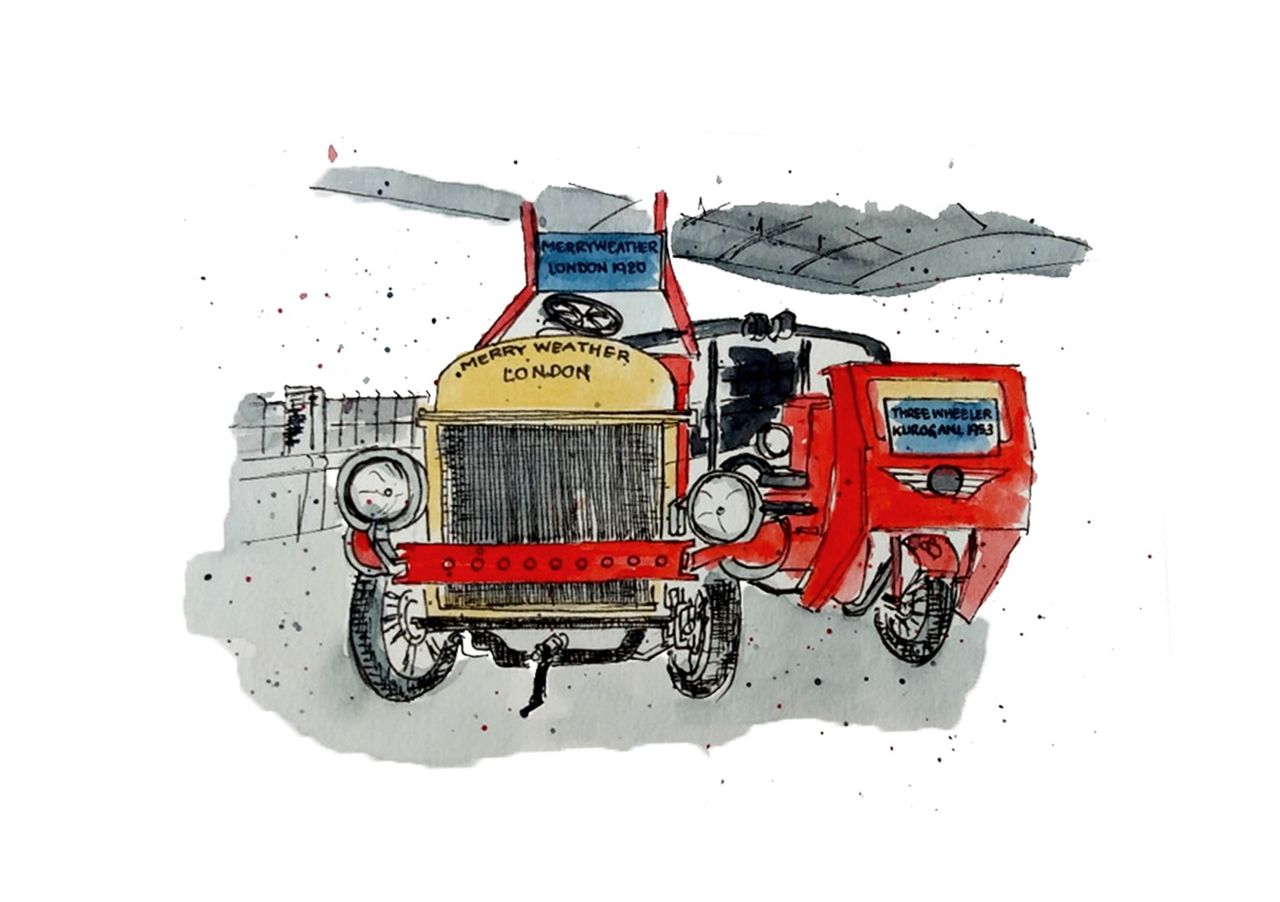

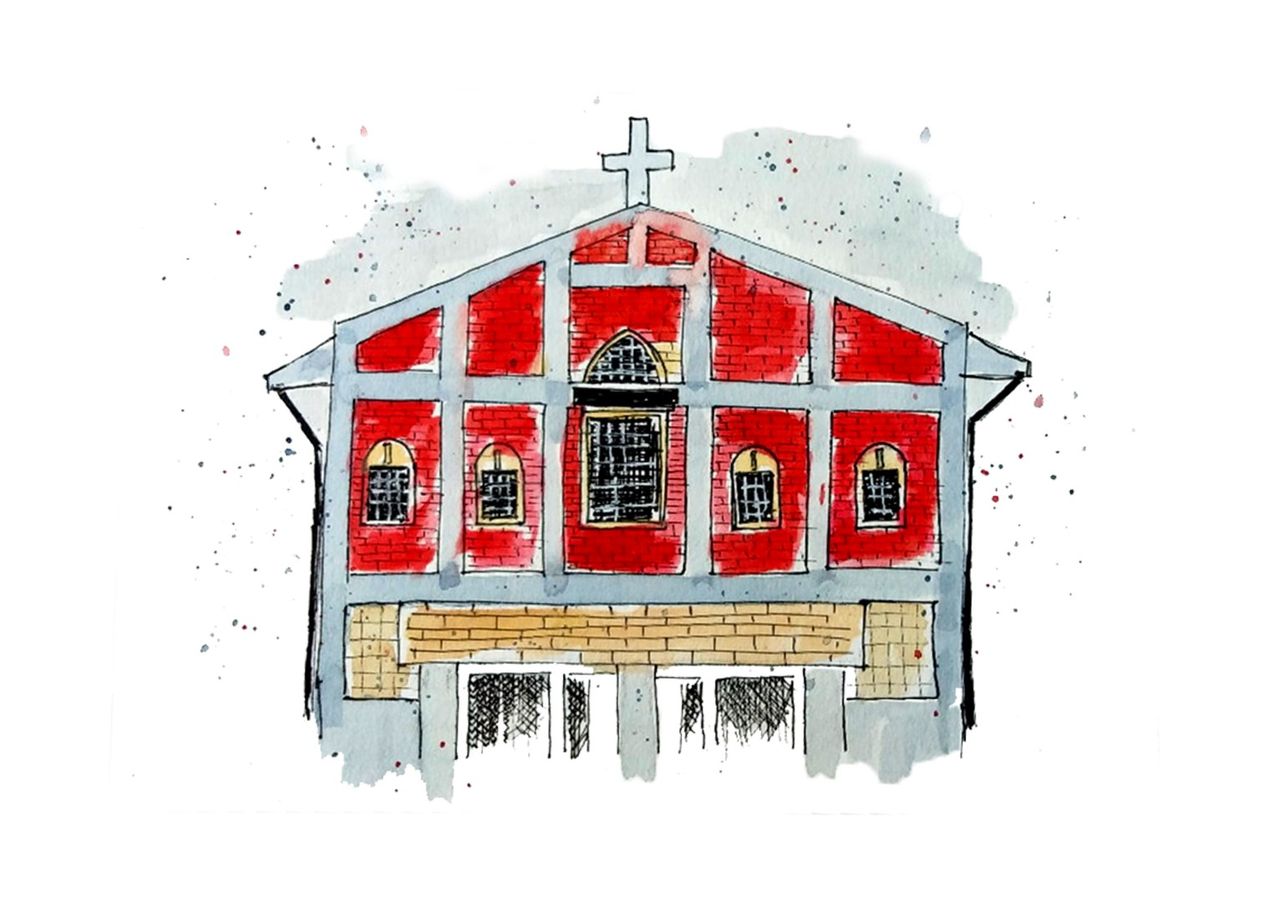

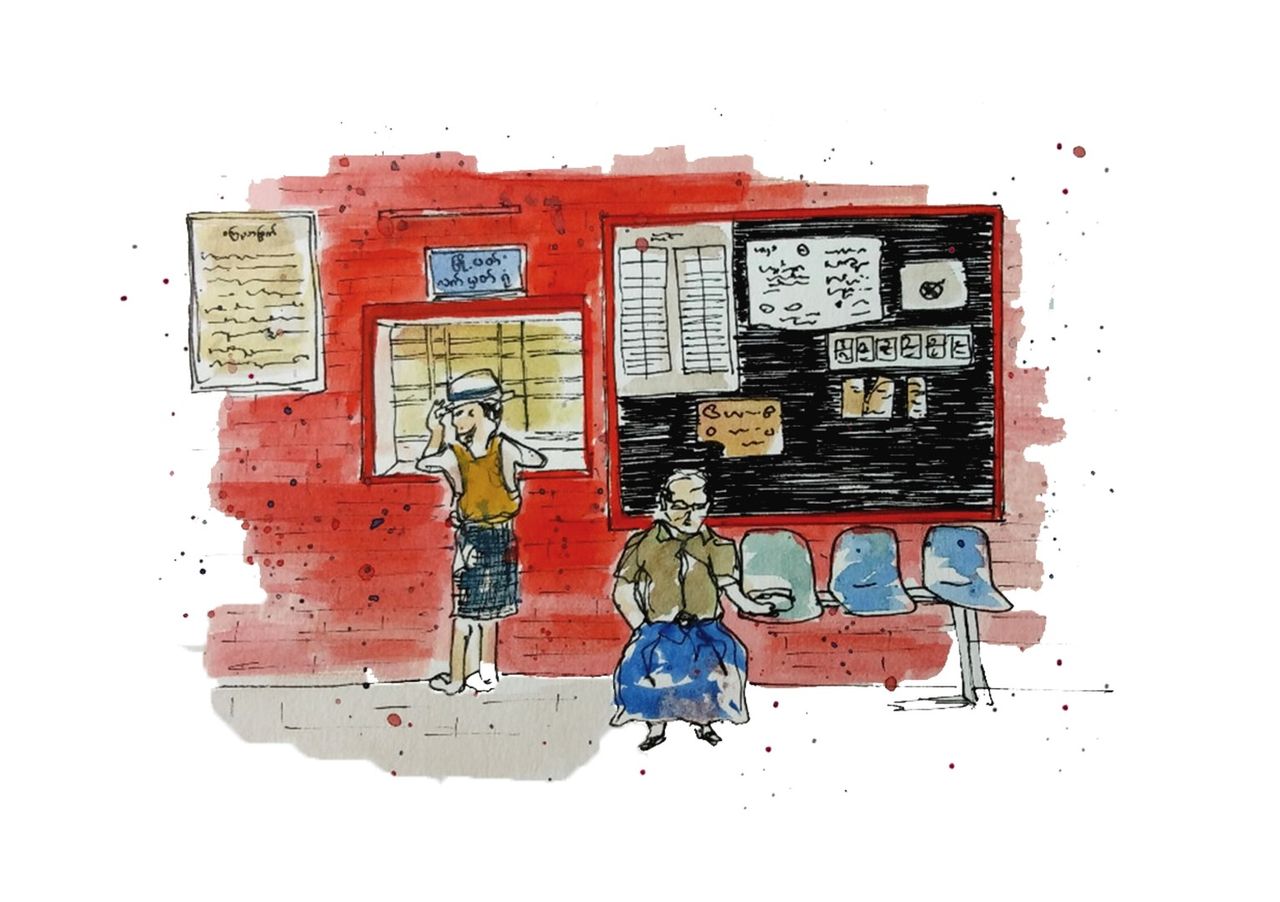
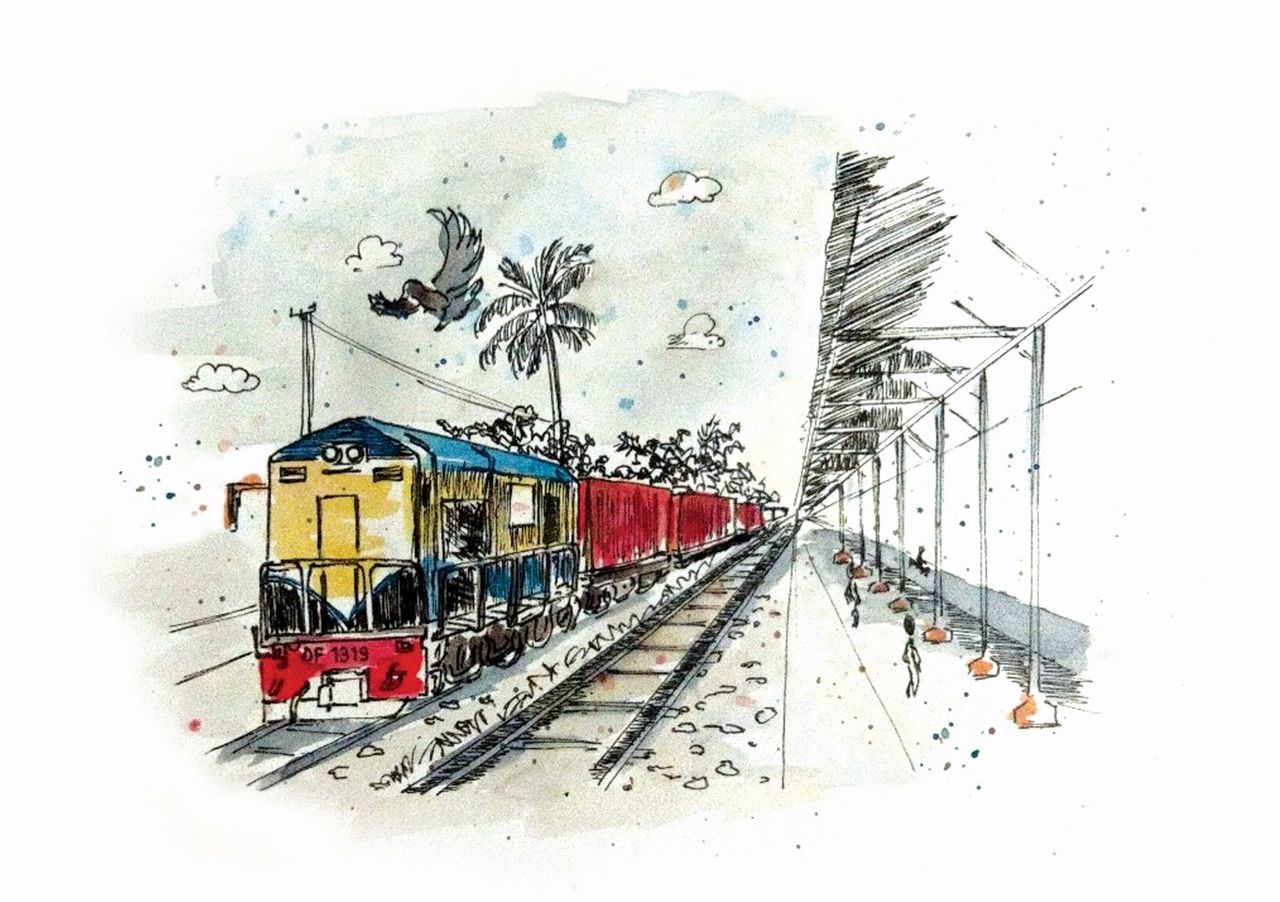
This has widened my perspectives on the concept of diversity, as well as the multiculturalism of Yangon.
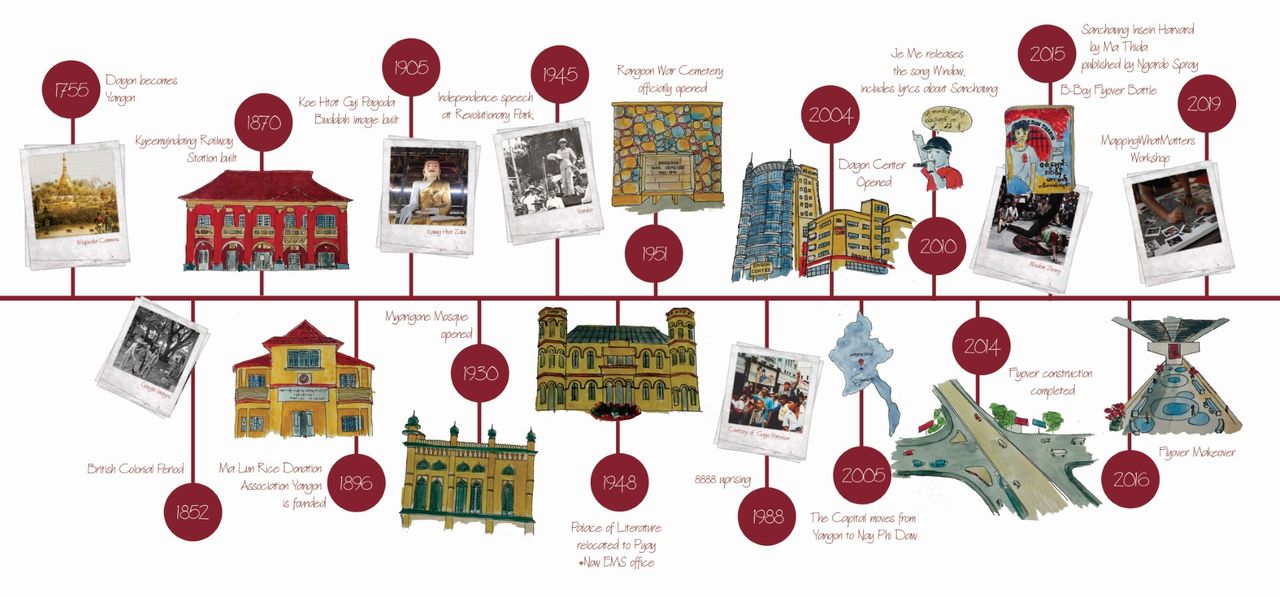
The students pieced the 30 sites together into a walking route, a multicultural trail that shows the best of the neighbourhood. Insider tips on where to find authentic Shan noodles, fresh Rakhine seafood, cheap and cheerful South Indian (Chetty) fare, Kachin cuisine and organically dyed handwoven textiles from Chin and of course which beer station is the most popular among locals. And, suggestions for buildings worth a detour, sites that may look ordinary but have an extraordinary history, like the chapel of a famous girl’s school where the in-house ghosts reside, a fire service academy with a rare display of vintage firefighters' equipment and the country's oldest charity that operates out of a crumbling colonial mansion to support nuns and monks all over Myanmar.

Reflective Moments
More than just producing a walking trail, the mapping exercises provided stepping stones to discuss more complex topics. We included reflective moments that tuned in to the overarching themes of cultural diversity, cultural heritage (tangible and intangible), urban identity, value of place attitude, behaviour for tolerance, respect for diversity and mutual understanding.
An important conclusion was that among this group of 25 youngsters, growing up in Yangon, cultural diversity was perceived as positive, almost unimaginable even one generation ago. We also concluded that the student's cultural perception stretched beyond their own culture and religion, not a given in a country of continuous ethnic conflict. Many of the participants were not really aware of the concept of cultural diversity before, but this project gave them an opportunity to embrace it and start practising in real life. This changed mindset with an increased understanding and respect for other cultures among youth was the main goal of the project.
We heard about diversity before, but we haven’t paid much attention to it in the past, but now we are more serious and more aware of the importance of this issue.
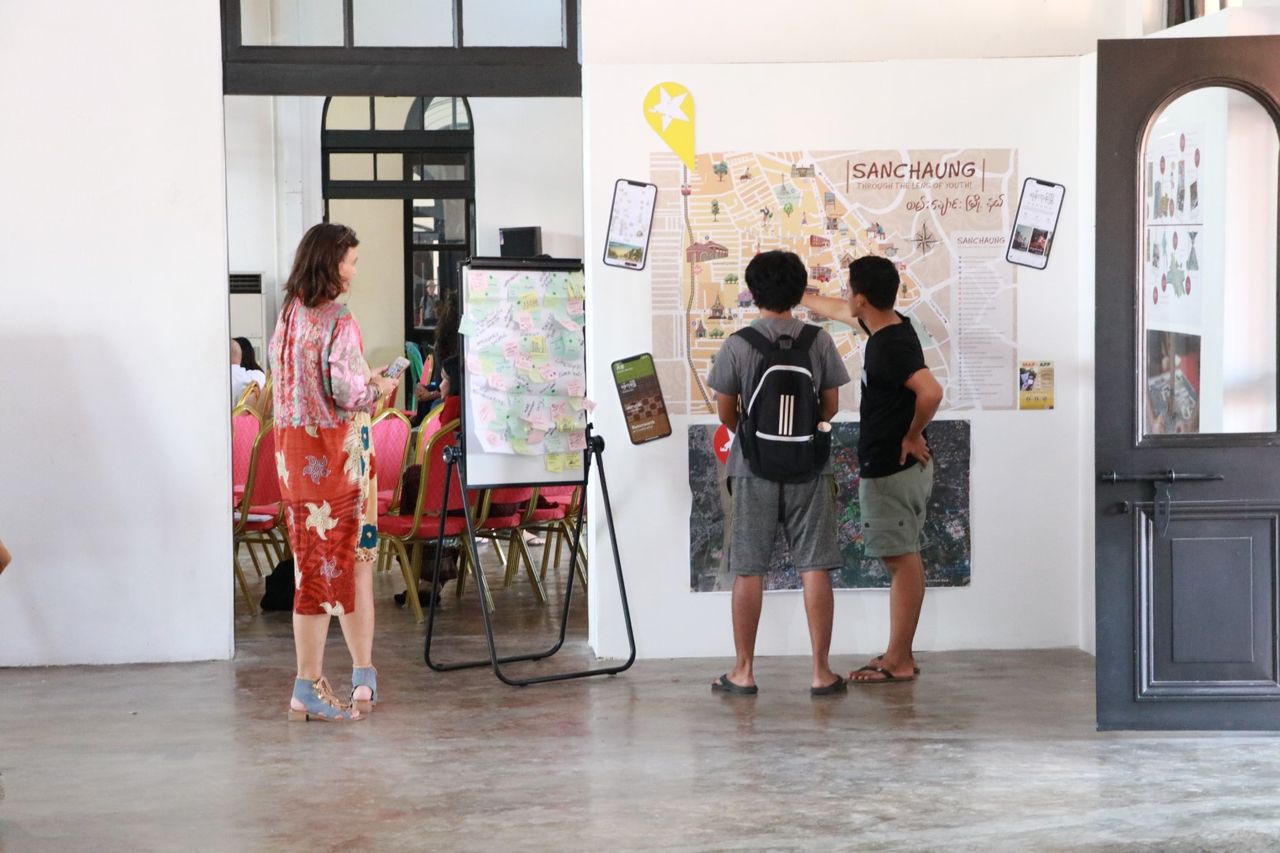
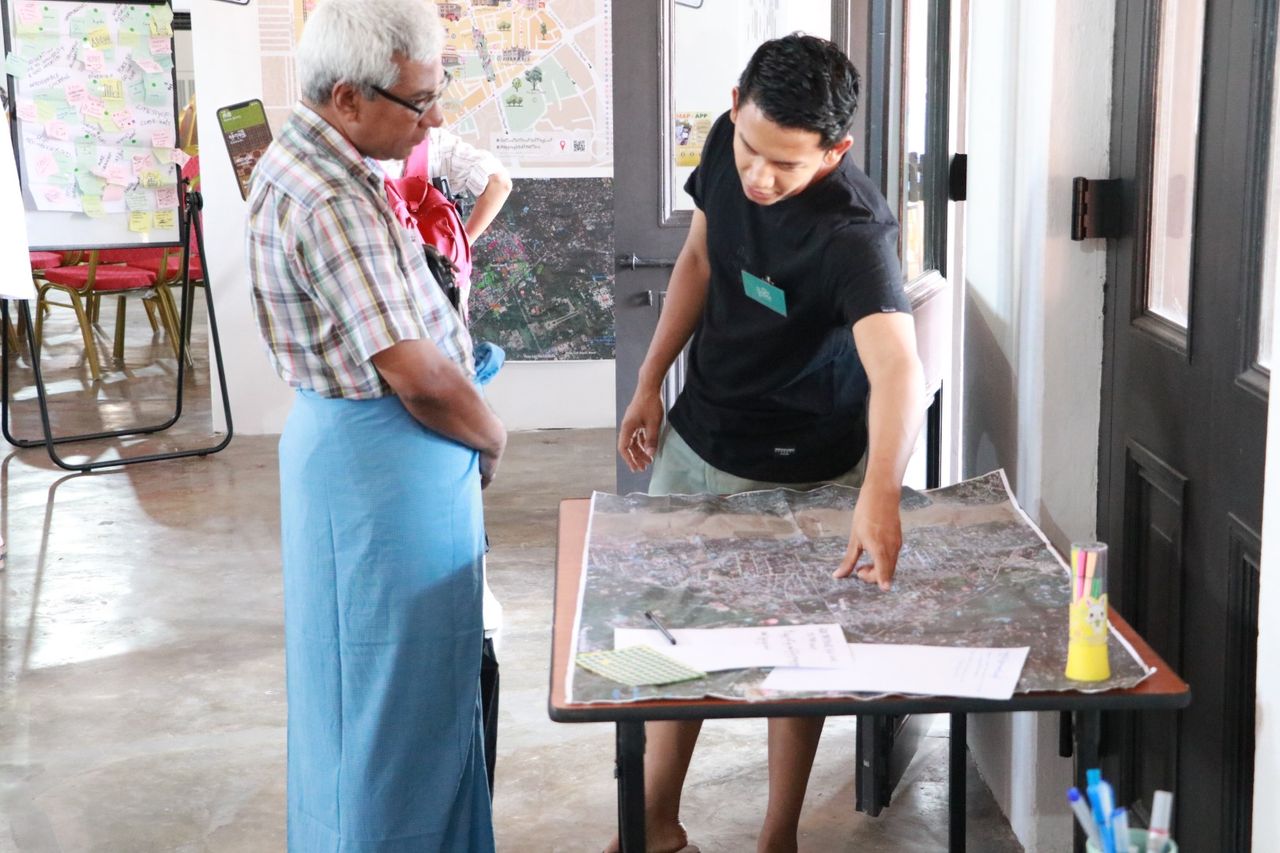


Sharing Stories
The 25 young 'cultural diversity ambassadors' were invited to present the results of the cultural mapping project at the occasion of the PAIR (Pursuing Arts in Research) Festival at the Secretariat in Yangon, organised by UNESCO. The premise was that understanding and respect for cultural diversity among youth would lead to less conflict, urging people throughout the country to be open to mutual respect and multiculturalism.
The mapping project provided a baseline on the attitude and behaviour of young people in regard to tolerance, respect and mutual understanding for diversity. The conference advocated for more activities to engage youth in promoting cultural diversity, as they can play a leading role in promoting the positive values of Myanmar’s cultural diversity.
Diversity should not be seen as a threat and instead, it should be seen as a strength that will serve as a bond to reunite diverse communities in Myanmar.
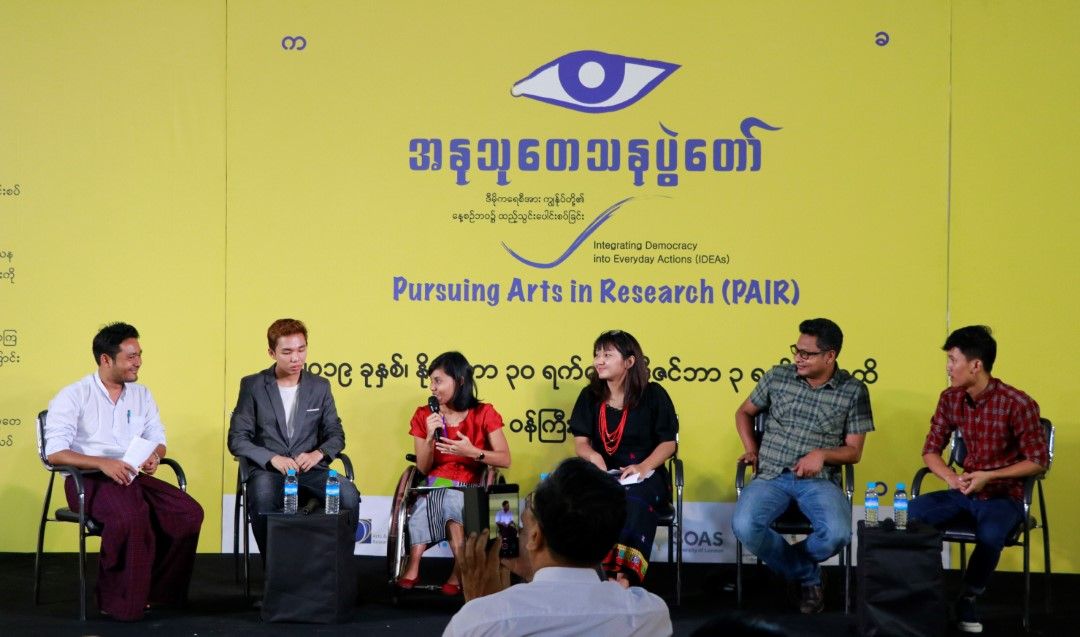
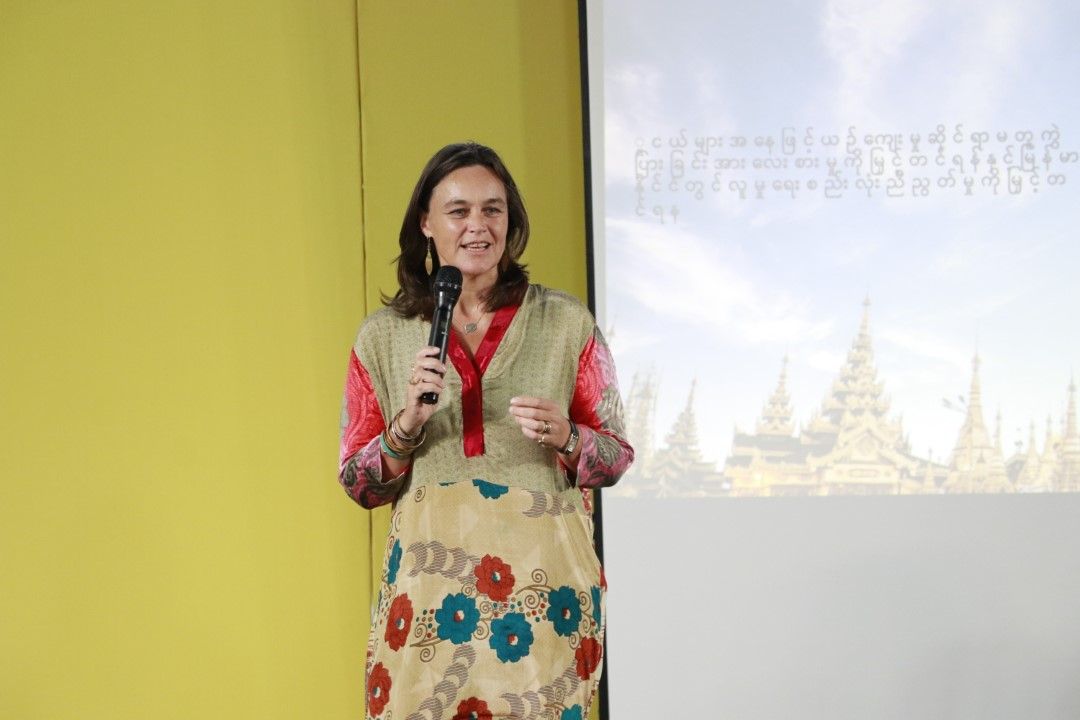
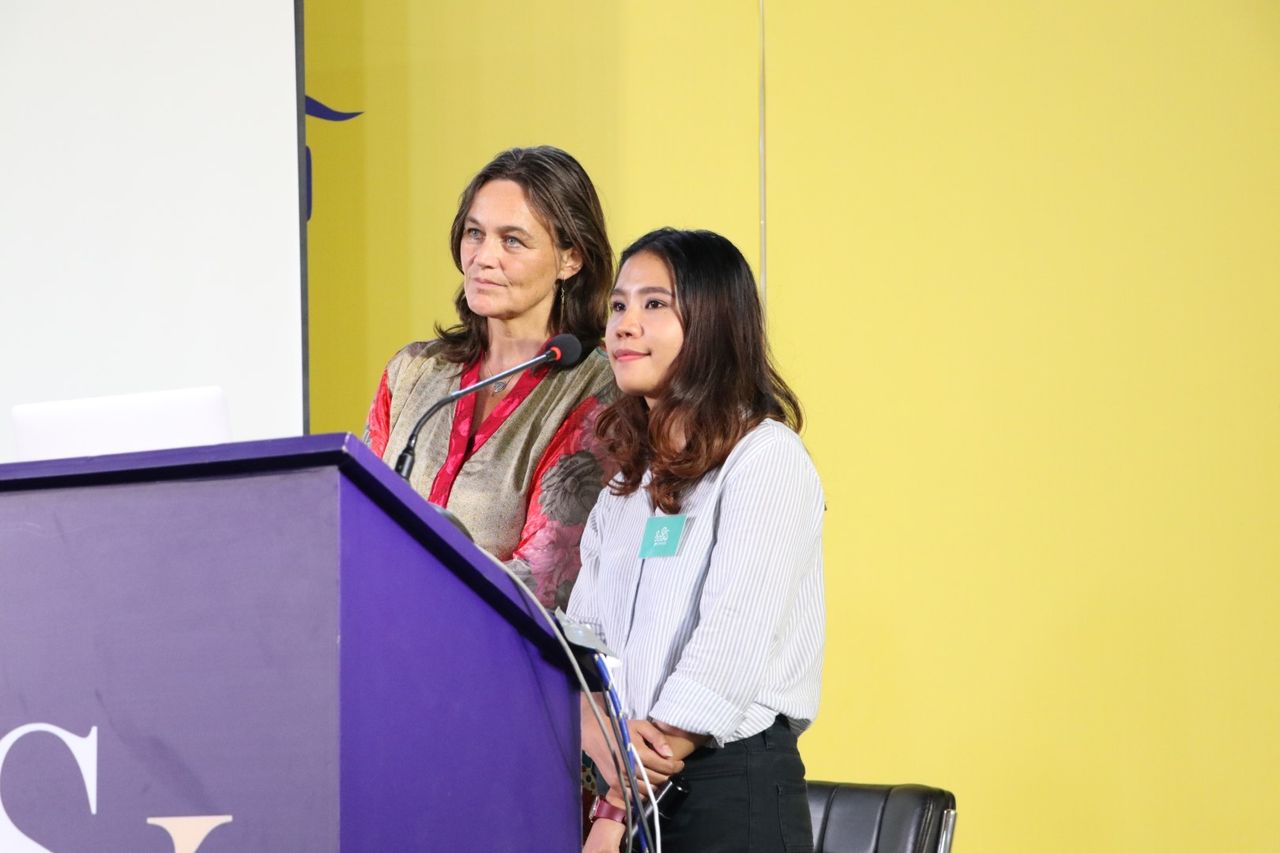
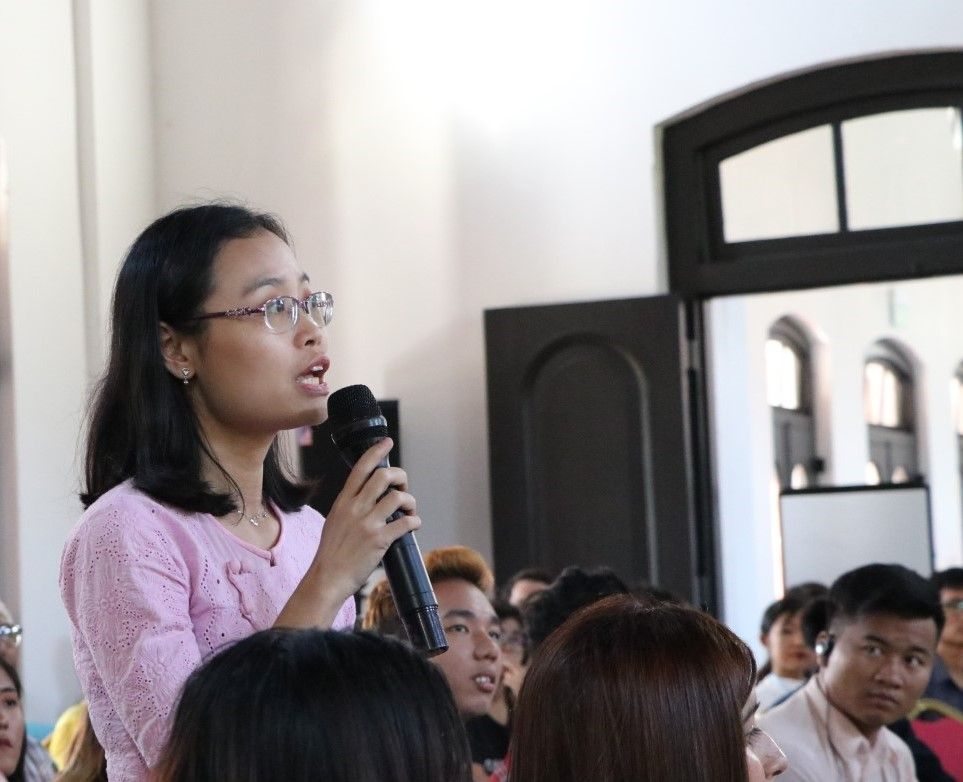
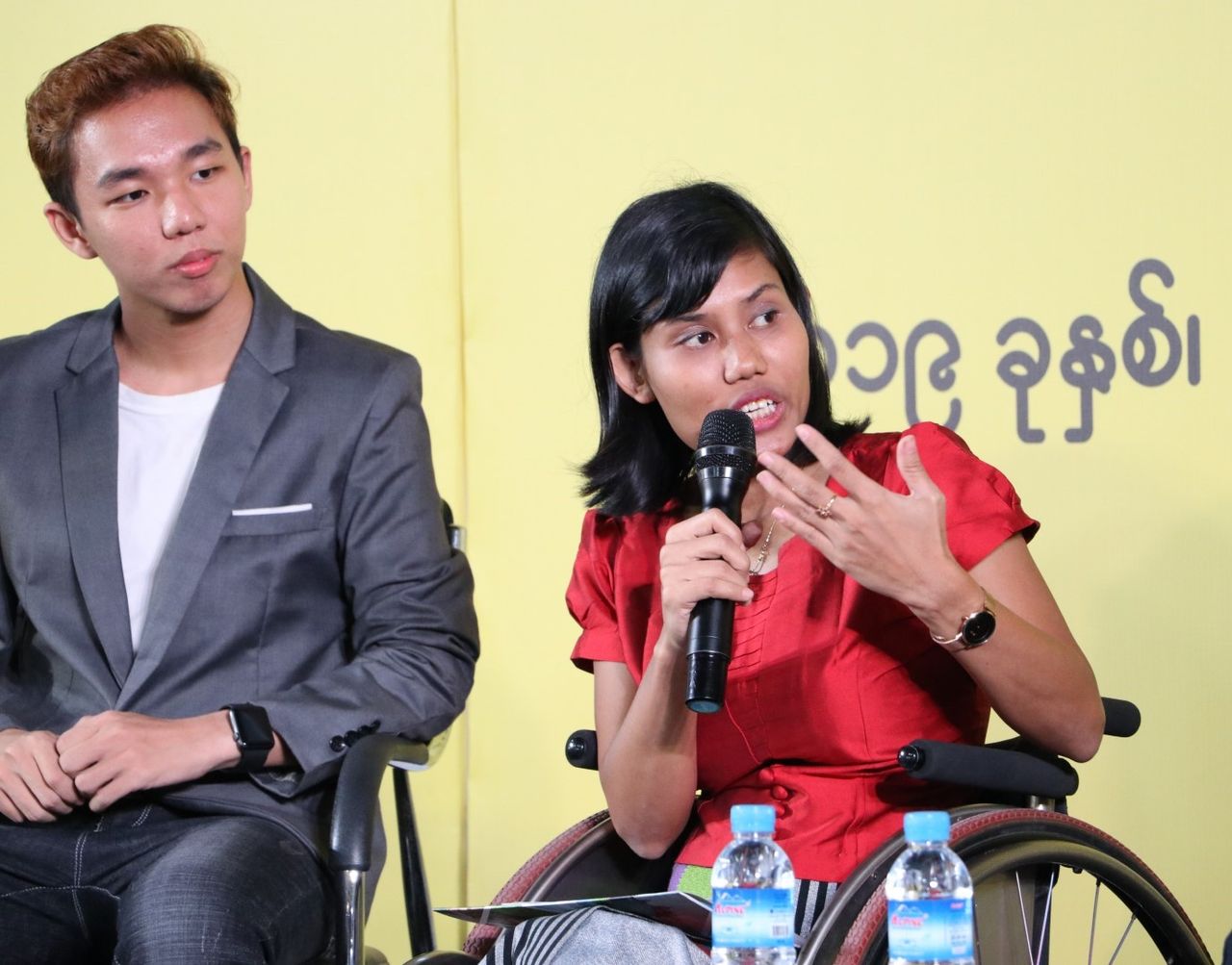
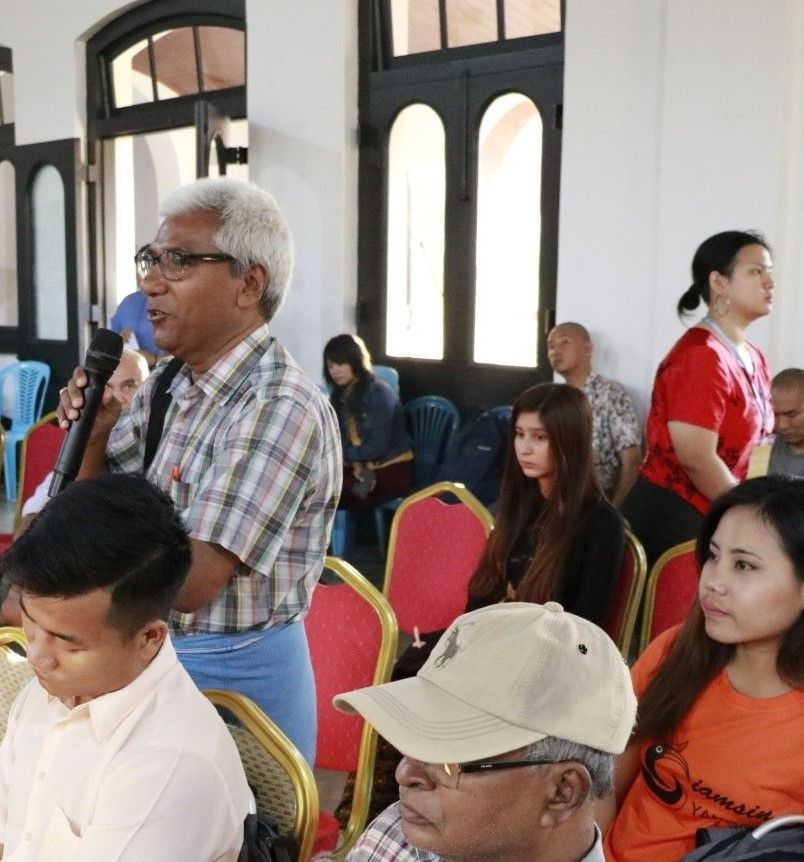
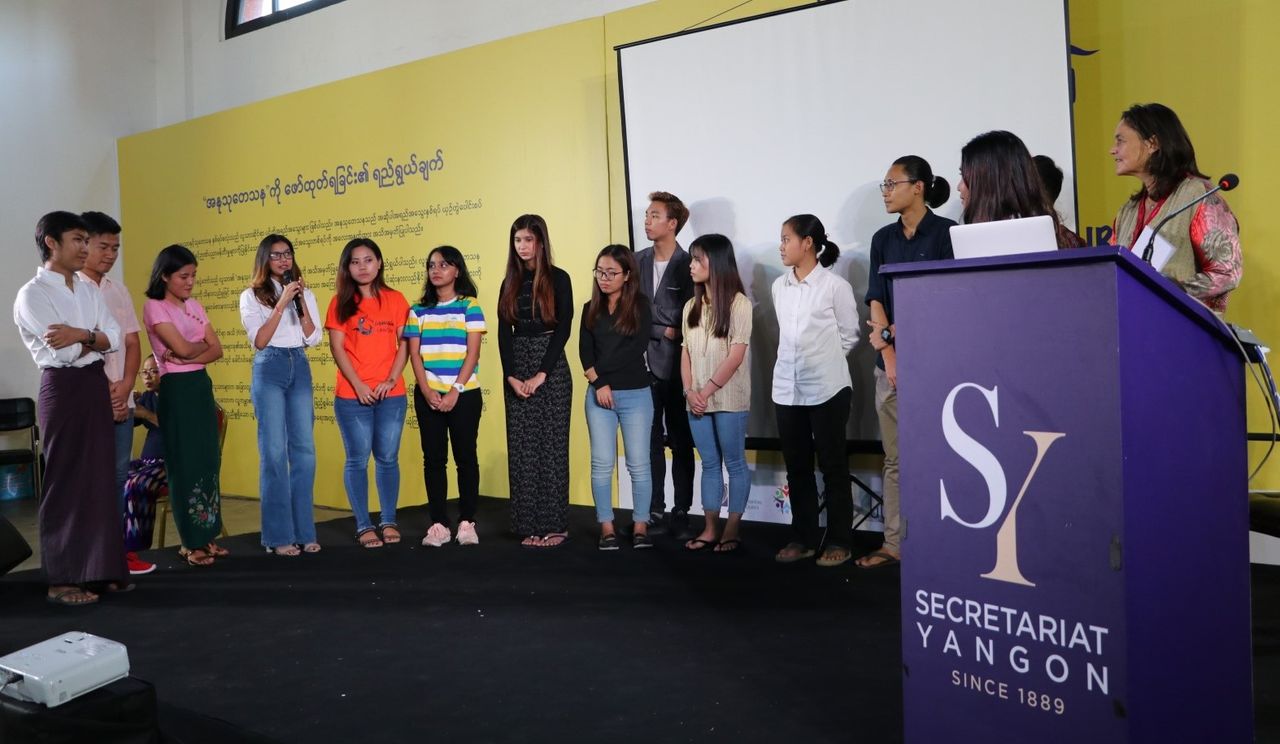
Mural Map
The cultural mapping project also highlighted the popularity of shared spaces that youth can use, such as the Myaynigone Flyover near Padomar Park in the middle of Sanchaung. When this flyover - one of the very first in Yangon - was completed in 2015, street artists immediately turned this untouched canvas into an exhibition of freedom and art. It is now one of the most unique spots in town for street photographers to capture what the youth have to say about culture and art on film.
Day or night, the space is always busy. In the morning ladies take a break in the shade of the flyover; old men chat and play their chess; in the late afternoon, the chinlone and football players come, and in the evening, it is the home of a popular breakdancing crowd.
As a leaving legacy of the mapping project, artist Ni Lar painted the Sanchaung community map under the Myaynigone flyover: a testimony to the cultural diversity that makes Sanchaung unique.
This is a space for diversity and we should encourage more of this in the future. It does not matter what your colour, ethnicity or religion is. We gather here, and enjoy our activities.
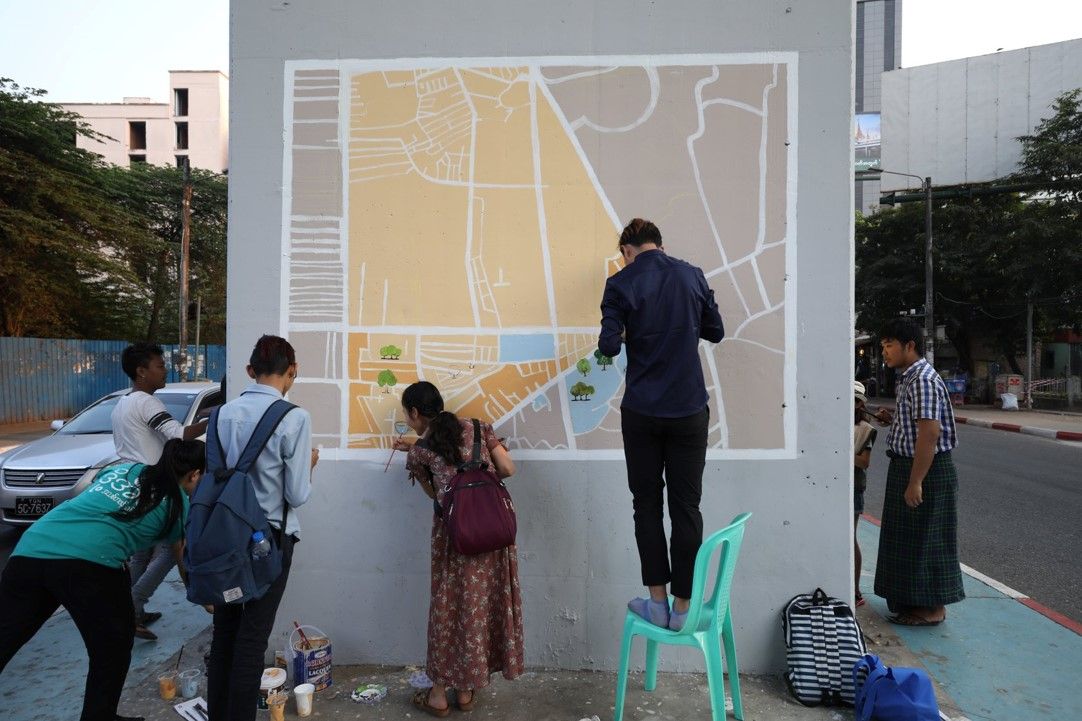
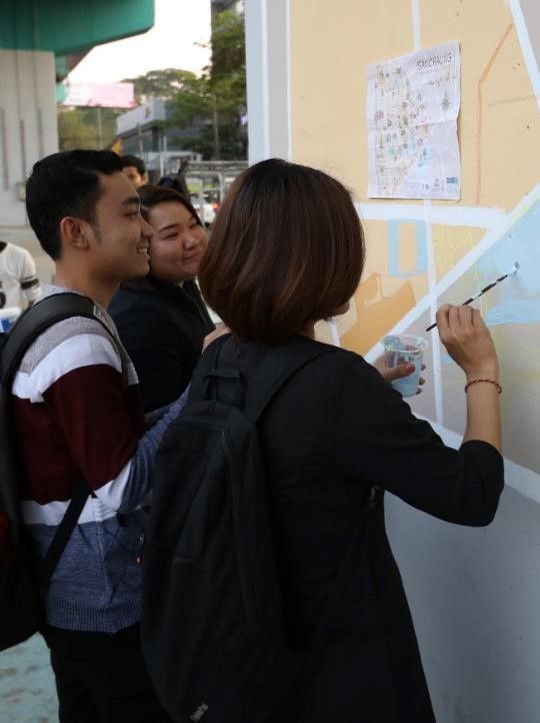
Learn More
This youth-led cultural mapping and storytelling project was funded by UNESCO Myanmar and executed by iDiscover Academy in collaboration with Doh Eain and Rangoon Revealed. Watch the video for some insights into the creative journey.
Why cultural diversity matters?
Young people in Myanmar have always played key roles in times of political transition. Recognising the potential of cultural diversity as a tool for social cohesion, this UNESCO project seeks to build evidence on how respect can play a crucial role to overcome divides and stereotypes, promote tolerance and bridge diverse communities in Myanmar.
For us in Myanmar, it is usual not to have unity and peace even among the same group. To accept diversity, it depends on how the neighbourhood and community shapes and guides youth.
Credits
Created by

Powered by
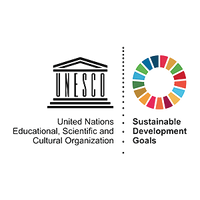
Designed by

About
Doh Eain
This map was created by 20 youngsters from the Sanchaung neighbourhood, as part of a mapping project by Doh Eain, a social enterprise that helps residents to restore buildings and design public spaces to make their city more vibrant, inclusive and sustainable.
www.doheain.com/enUNESCO
UNESCO Myanmar office has initiated this project to explore cultural diversity and social cohesion in Myanmar cities through the lens of youth.
bangkok.unesco.org/unesco-myanmarAngela Huang
Angela Huang is originally from Mandalay where she ran guesthouse. She now calls the Sanchaung neighbourhood home.
www.facebook.com/angela.gpvc